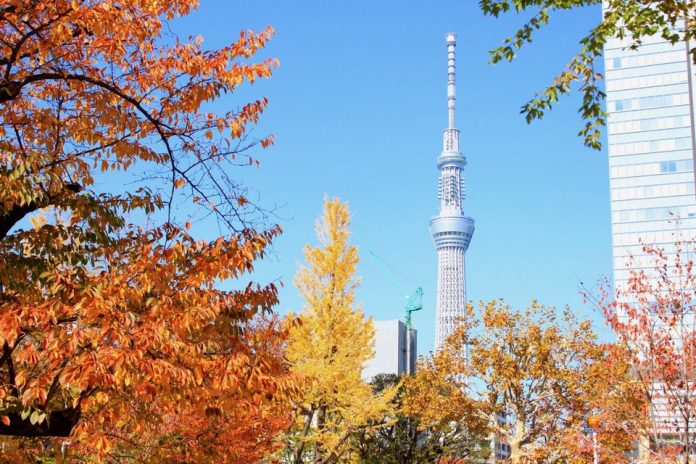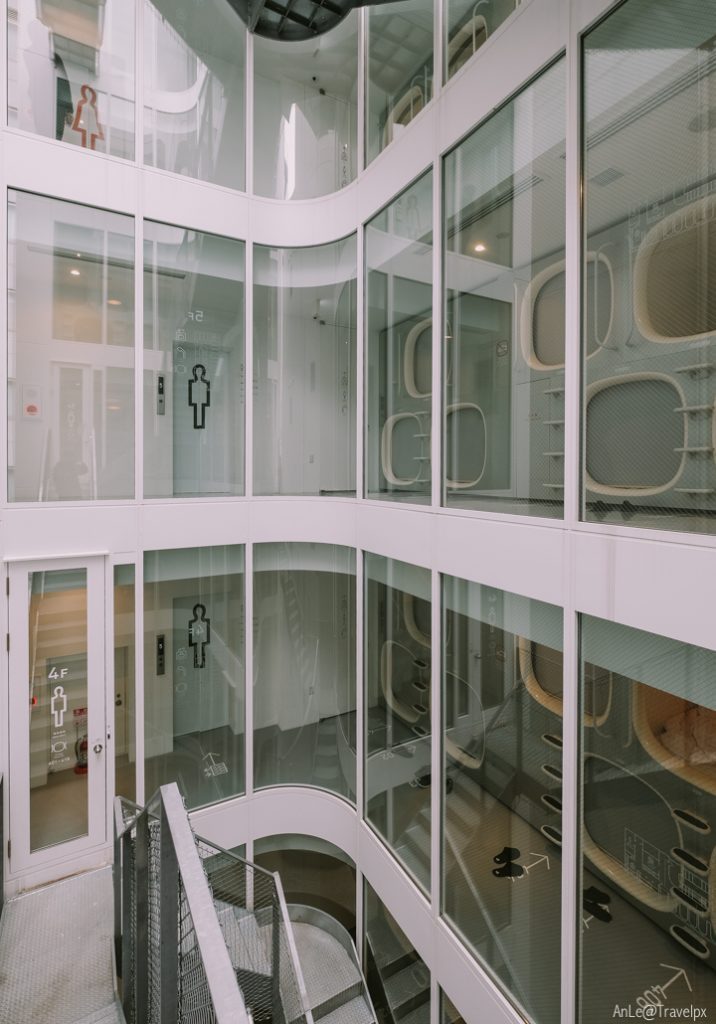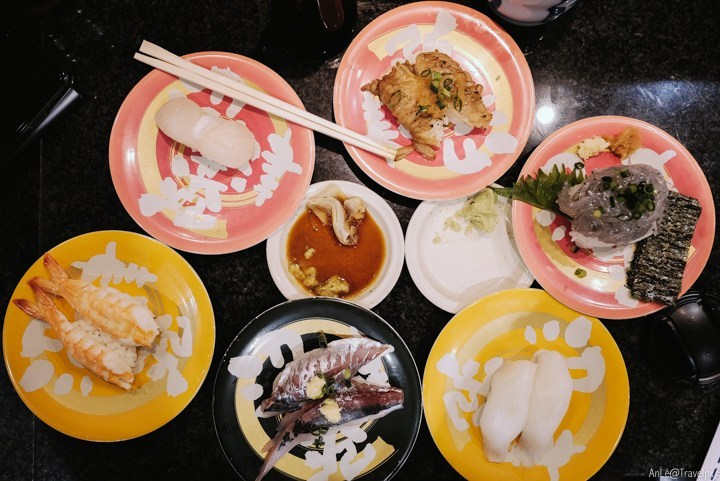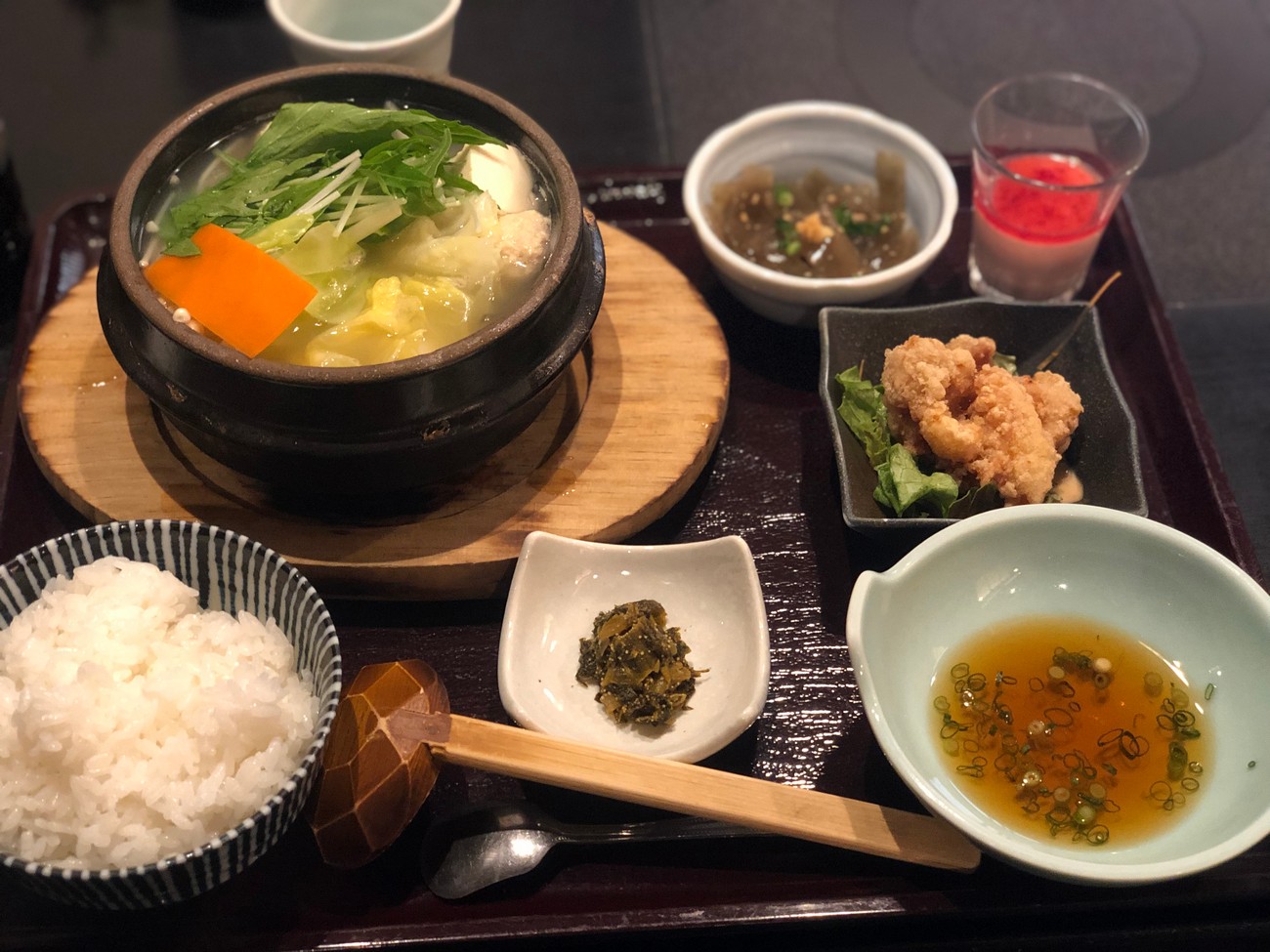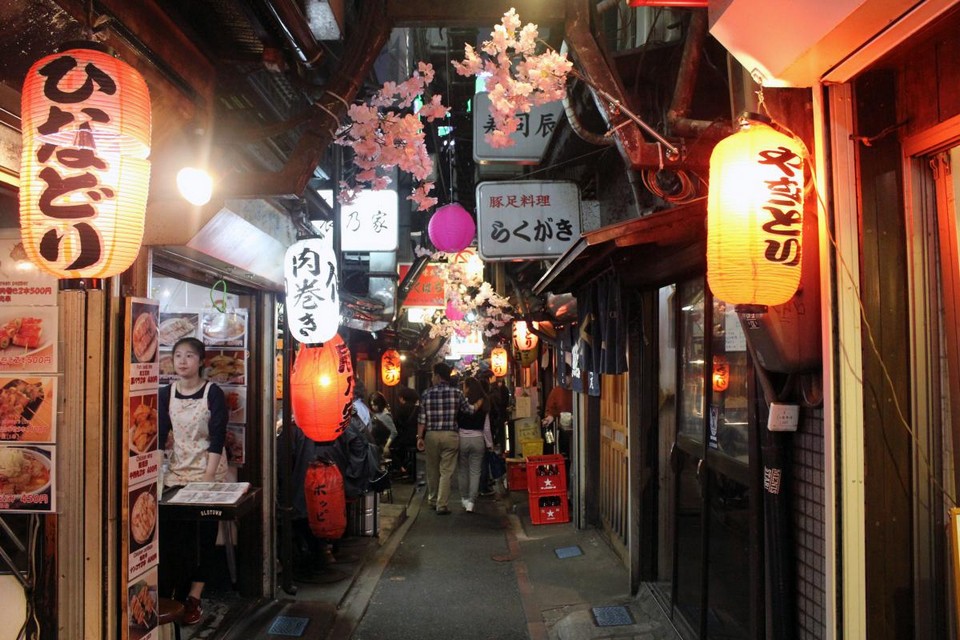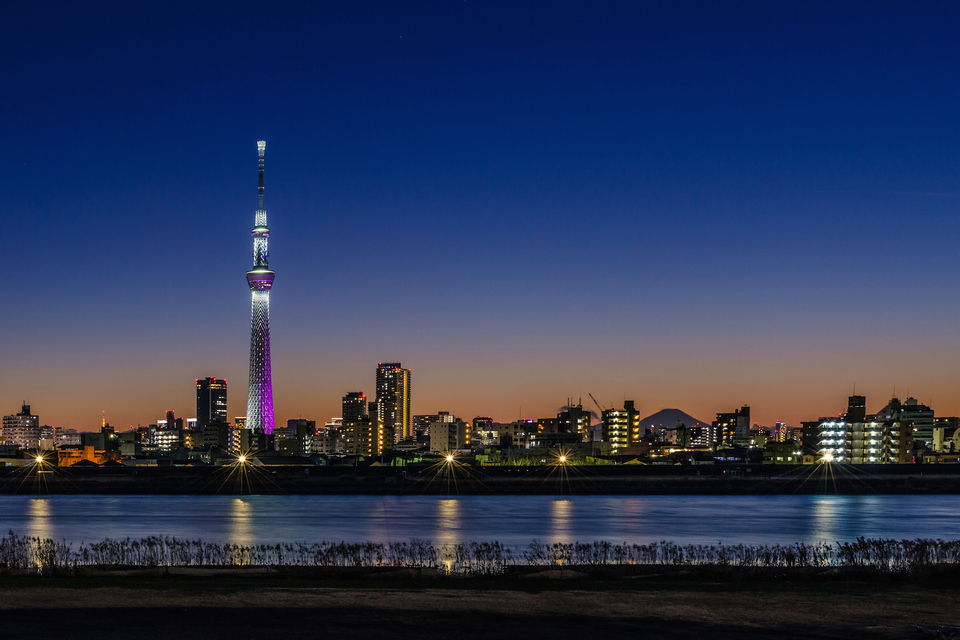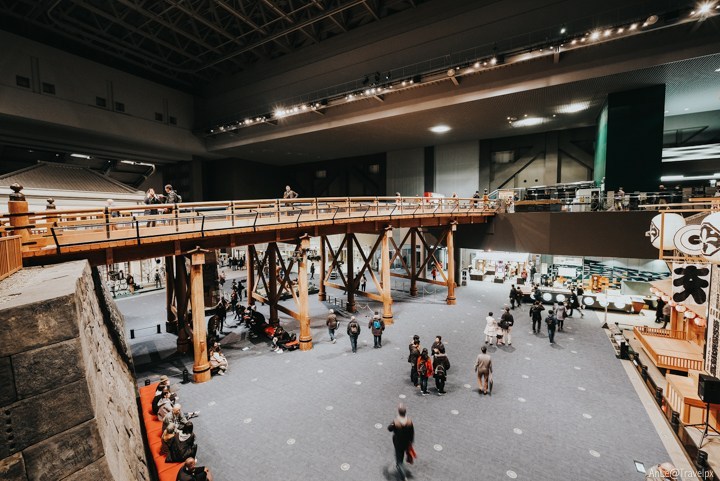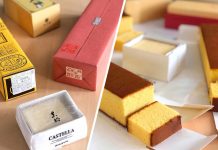Tokyo is one of the largest cities in the world. Very, very few cities are big with many tourist attractions and bearing full of traditions, long-standing history and culture as this city. You want to experience all of Tokyo with just a few days visit in your Japanese travel itinerary? No way, it will never be enough! However, are you planning a trip to Tokyo and don’t know how to start?
- Tokyo travel blog — The fullest Tokyo travel guide for first time visiting Tokyo
- Cherry blossom Tokyo 2025 forecast — 14 best places to see cherry blossoms in Tokyo
- Tokyo fall foliage forecast 2025 — When & 13+ best place to see autumn leaves in Tokyo
- Tokyo itinerary 5 days. Where to go, what to do, how to spend 5 days in Tokyo for the first-timers?
- Tokyo best parks — 10+ best & most beautiful parks in tokyo
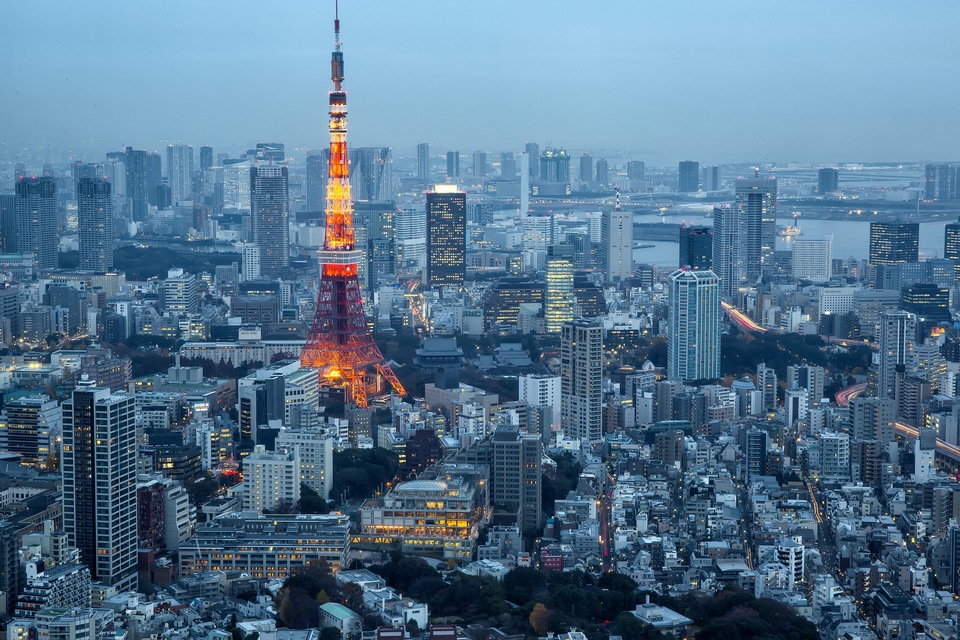
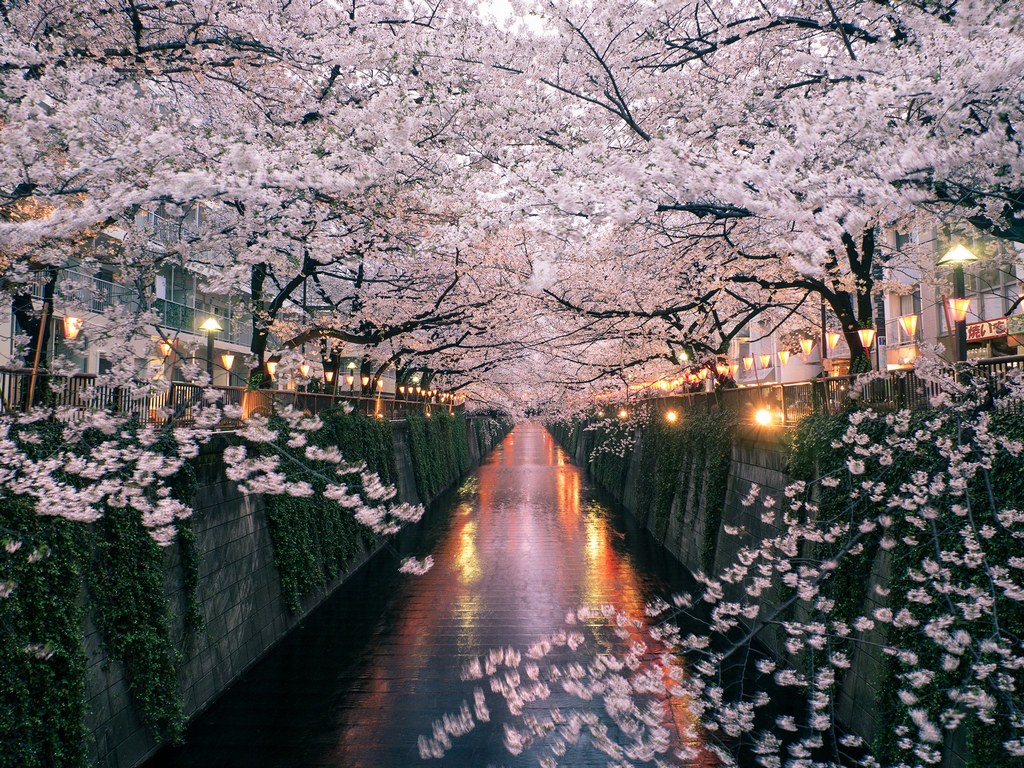
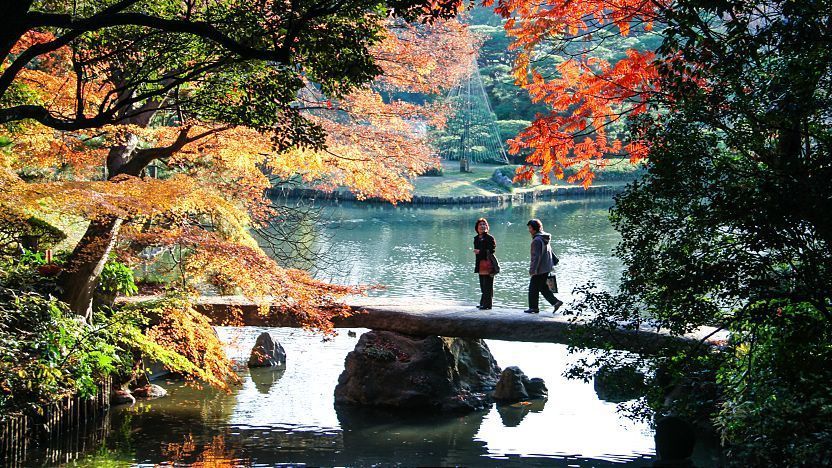
So, is Tokyo worth visiting, how to visit Tokyo, what to do in Tokyo and how to plan a budget trip to Tokyo for the first-time perfectly? Let’s check out our Tokyo travel blog (Tokyo blog) with the fullest Tokyo travel guide (guide to Tokyo, Tokyo tourist guide, Tokyo city guide, Tokyo guide) from how to get to Tokyo, best places to visit, best time to come, what to eat as well as top things to do in Tokyo to help you maximize your trip as follows!
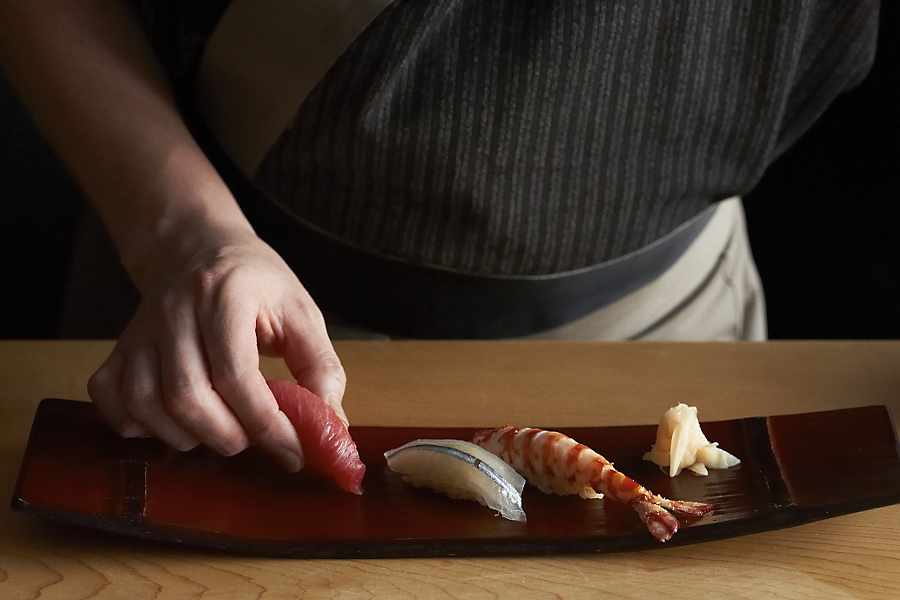
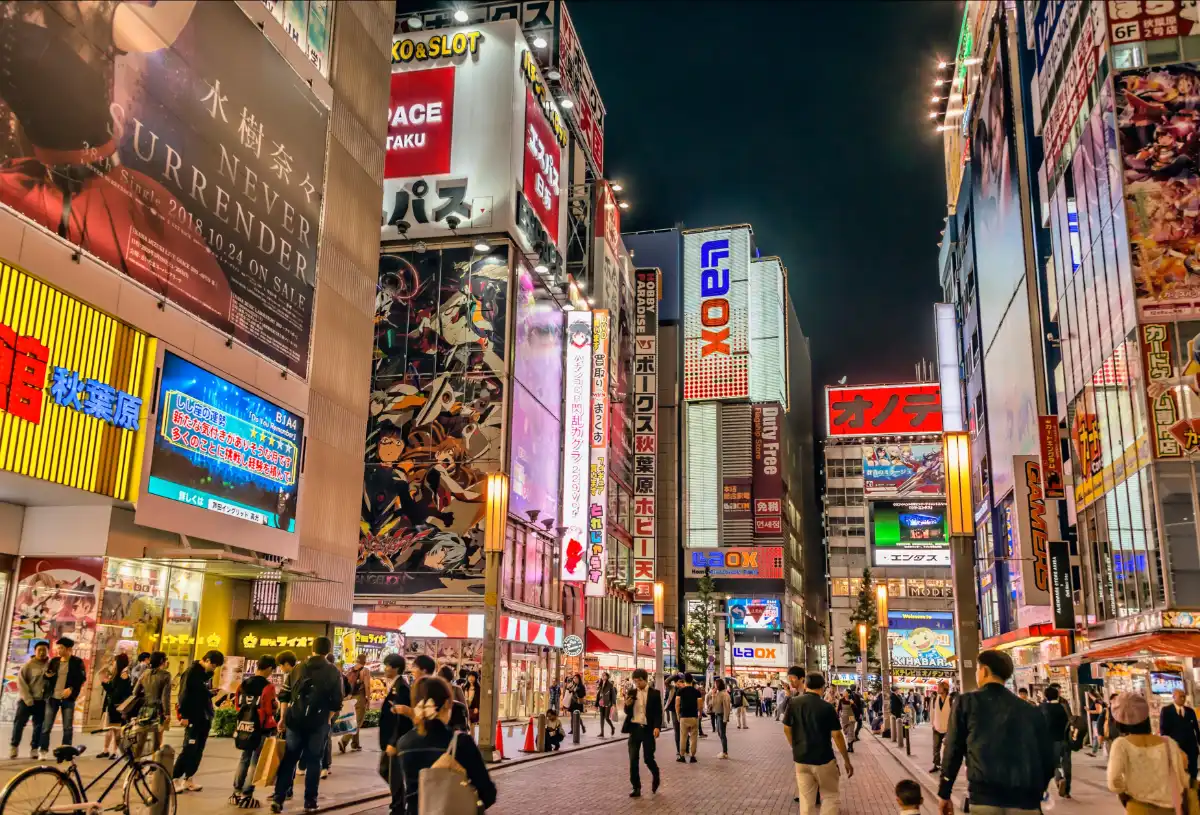
Tokyo travel guide blog: Overview of Tokyo
Tokyo is a mega city with an extreme area, is divided into many different districts. Even with the central districts, getting around them would take a lot of time. This city always makes people overwhelmed by modern high-rise buildings, financial centers, technology. If you want to change the atmosphere a little, you can take day trips to nearby places like Kawaguchiko or Hakone.
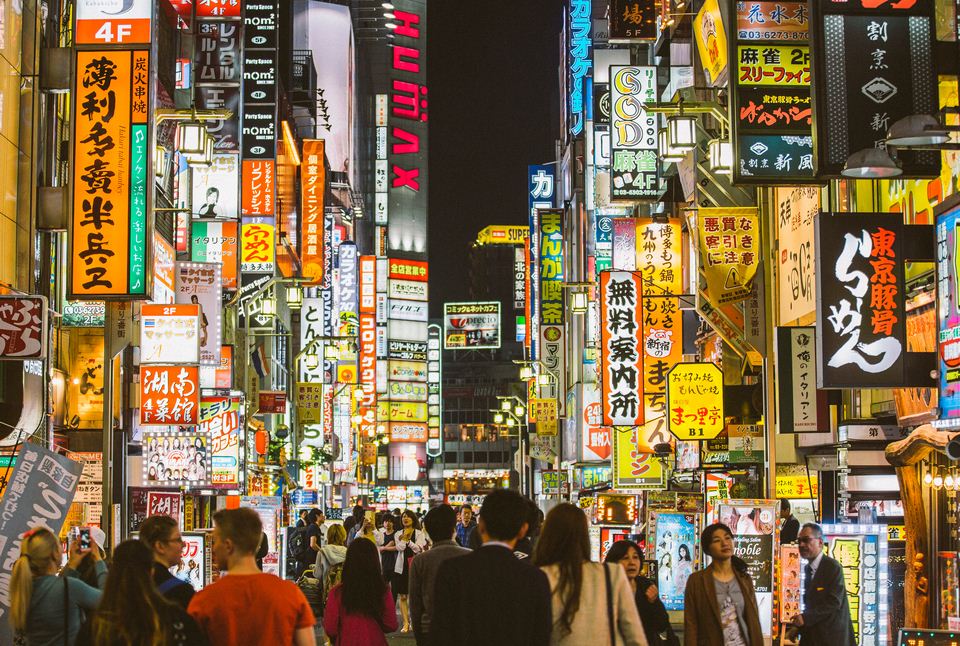
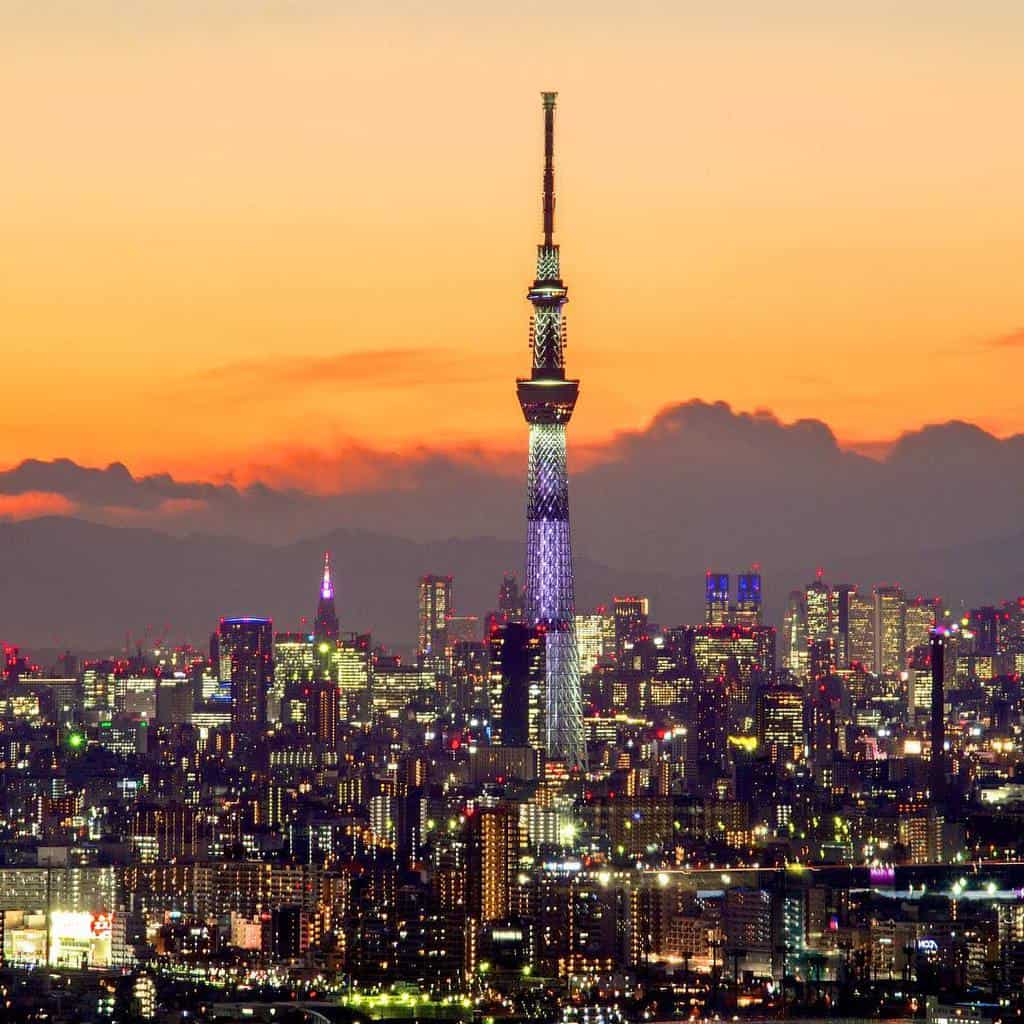
It generally takes at least 4 days for the basic Tokyo experience, and another 2-3 days for day trip spots from Tokyo. Tokyo is not only about skyscrapers, amusement parks to play all day and night. Tokyo also has many peaceful places such as temples, shrines, large and cool parks. And what do I like best about Tokyo? Of course that is its cuisine.
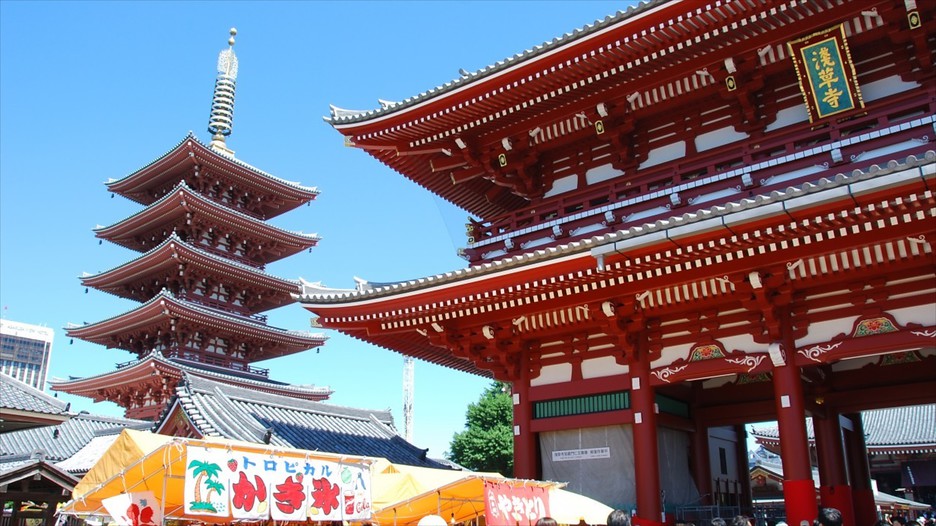
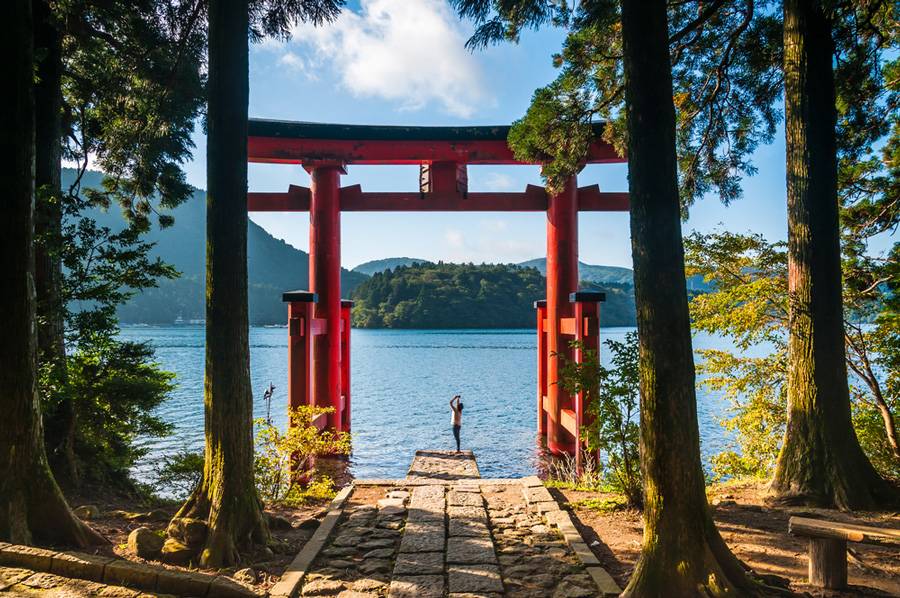
Tokyo travel guide: How to get to Tokyo?
By air
If you’re flying to Tokyo from Vietnam or other cities, you’ll usually arrive at this city’s main airport – Narita International Airport. From the airport it takes about 1 hour to getting to the city center by train. And there are many traveling options for you.
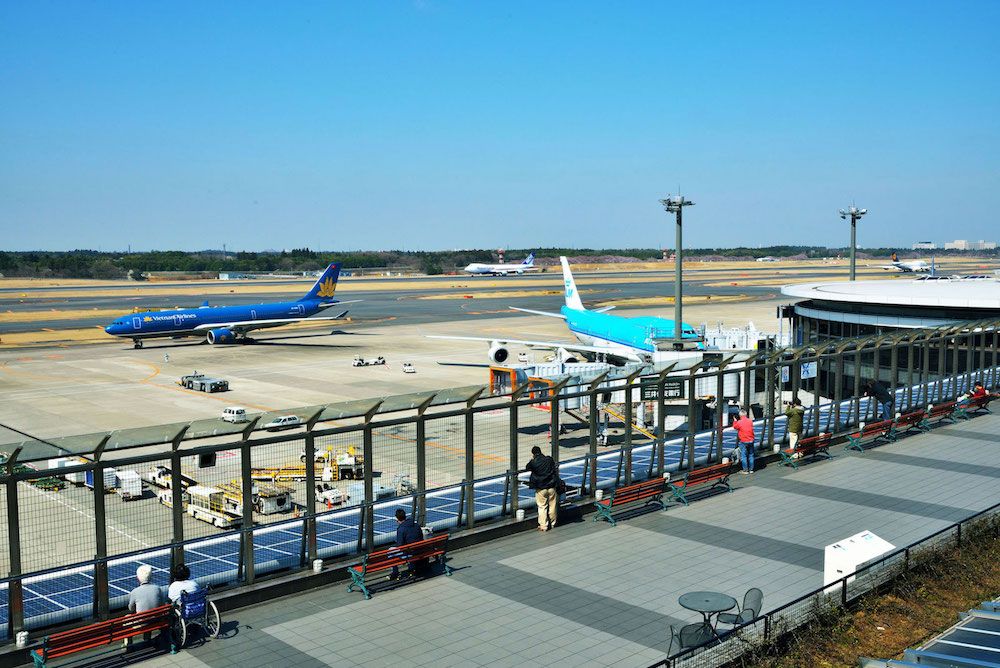
After completing the entry procedures, you go down and you will see a lot of train ticket counters. You can buy tickets directly here, staff will guide and advise you on the options of ticket types and trains going into the city center. Some train lines or buses you can consider to buy tickets depending on the location of the hotel you stay:
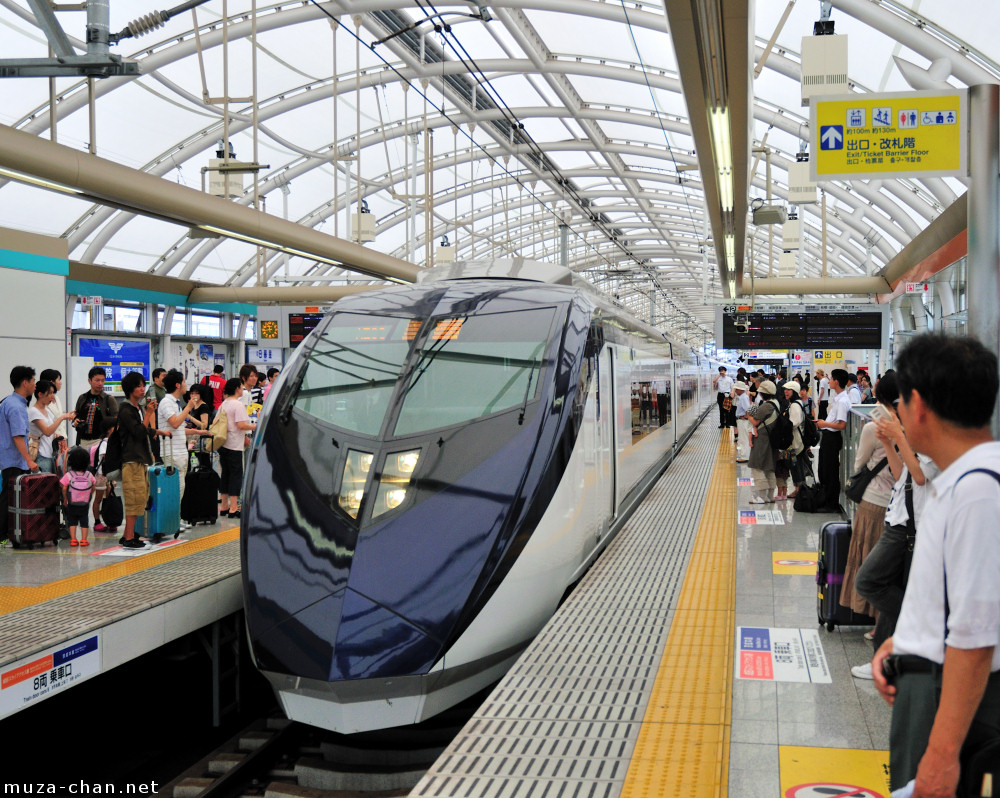
Tokyo Skyliner and Tokyo Subway Ticket Combo
- Skyliner (Keisei Electric Railway) or Keisei Main Line: This train goes to Nippori and Ueno with respectively prices of JPY2,400 / way and JPY1,000 / way.
- Tokyo Shuttle Bus costs JPY900 / way.
- Taxi or Uber: The price is quite high, about JPY20,000 – JPY30,000.
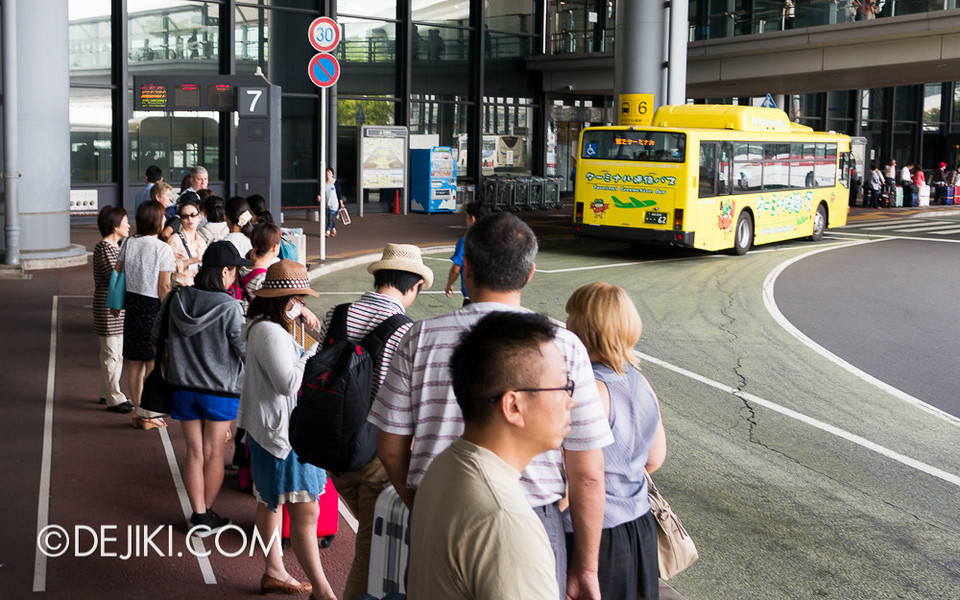
In addition to Narita Airport, Tokyo has a smaller airport, Haneda Airport, and is often a transportation hub for domestic flights. The airport has a monorail system that connects to the Keikyu Line, so you can change trains to the metro (subway) to get to the city center.
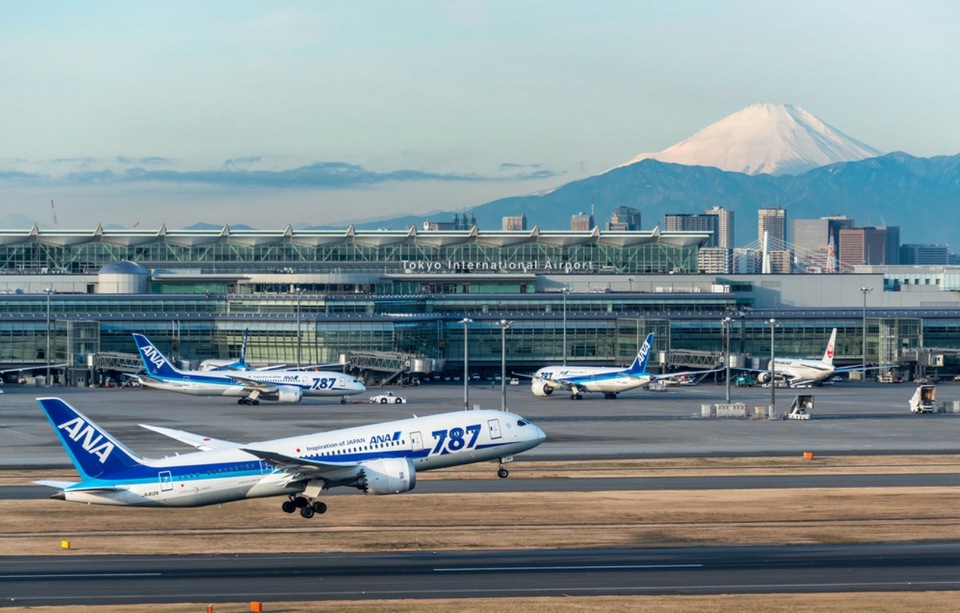
If you getting to Tokyo from other cities by train
Whether you take the Shinkansen or other trains to Tokyo, the last station is usually Tokyo Station. From here you switch to Metro to get to other points in the city center.
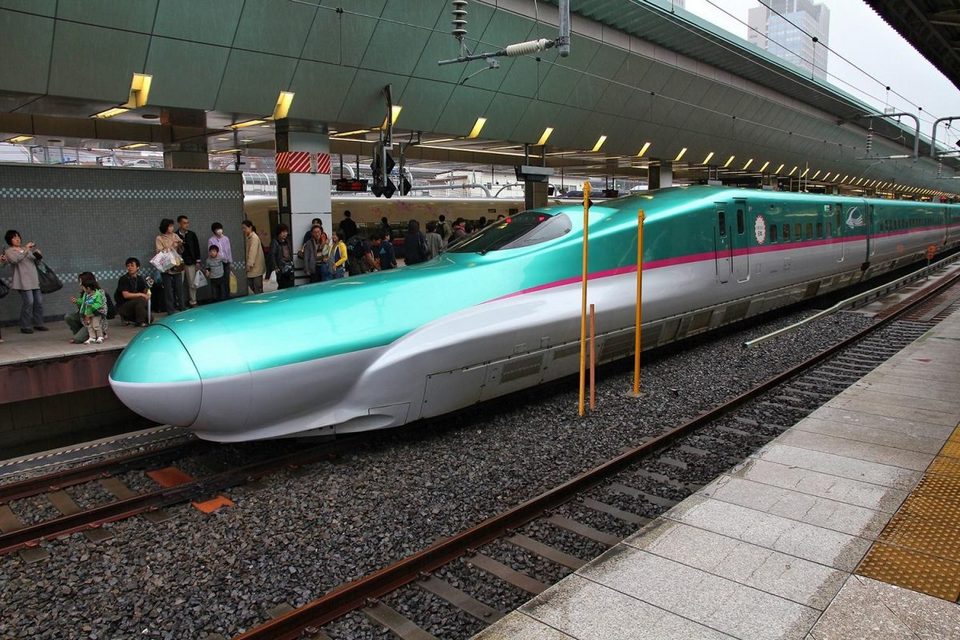
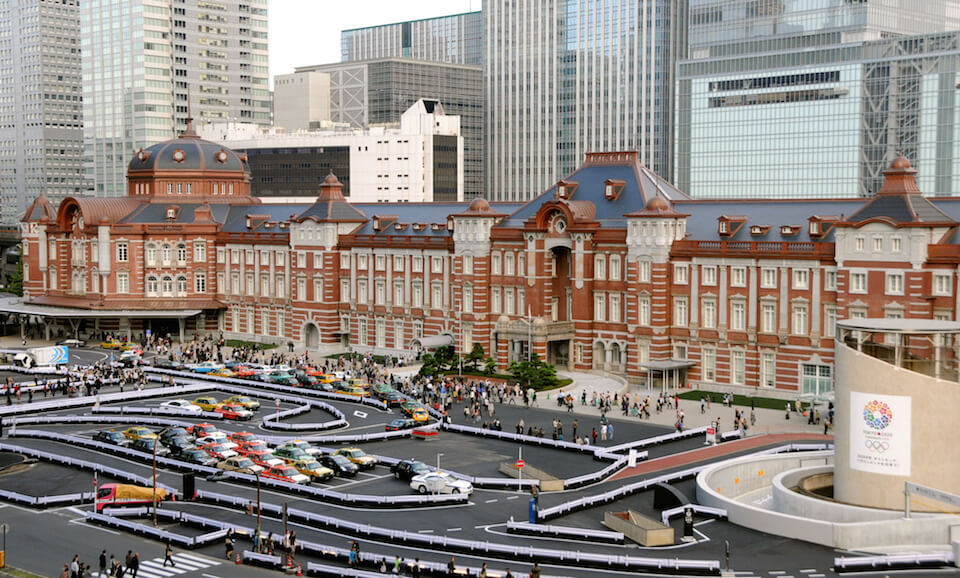
Tokyo budget travel blog: Public transportation and getting around Tokyo
Public transportation in Tokyo is as complicated and elusive as the Japanese meticulousness. Perhaps the metro in Tokyo is as troublesome as Paris. Believe me, it is imperative that you deeply research about the public transportation and the subway (metro) system of Tokyo before coming to this city, to avoid losing more money like me.
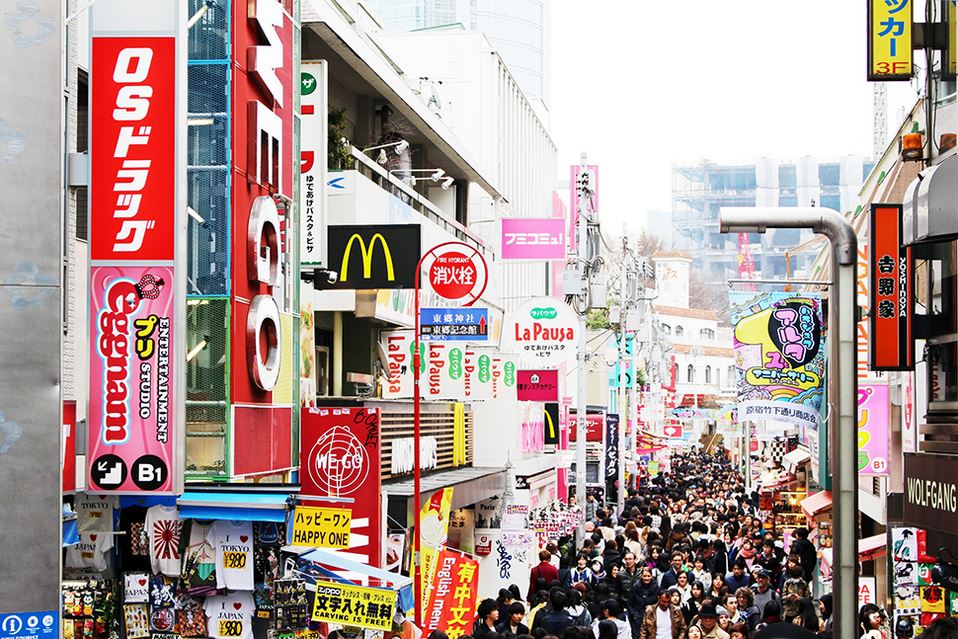
Actually, when I stepped out of the Shinkansen train at Tokyo Station, I didn’t know anything about the subway here. Also speculated that: Oh, these cities have nothing, just buy a day ticket with unlimited traveling times and go. But when looking to buy a day ticket, there are quite a few different types, corresponding to different geographical regions. Ticket vending machines are bilingual, making it difficult to buy.
In Tokyo, besides buses and taxis, there are a number of other good options that are possible and frequently in use are: JR Lines (for those with JR Pass), Subway and Monorail. The subway is the most popular and most used.
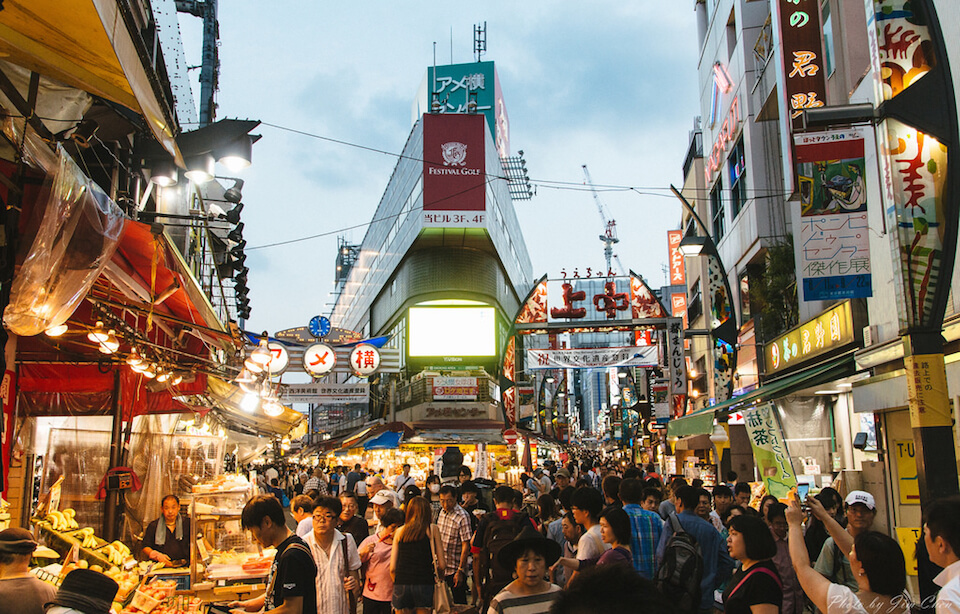

The subway in Tokyo
The subway system in Tokyo is divided into 3 main lines, including:
- Tokyo Metro Lines: Operates mainly in the central area and divided into 9 main lines. It is also Tokyo’s largest metro network.
- Toei Lines: Divided into 4 different lines and going to points farther from the city center, with an interchange with Tokyo Metro Lines.
- Toden Arakawa Line, Nippori-Toneri Liner: These lines are less popular and most if you are just tourists, you will never meet these lines.
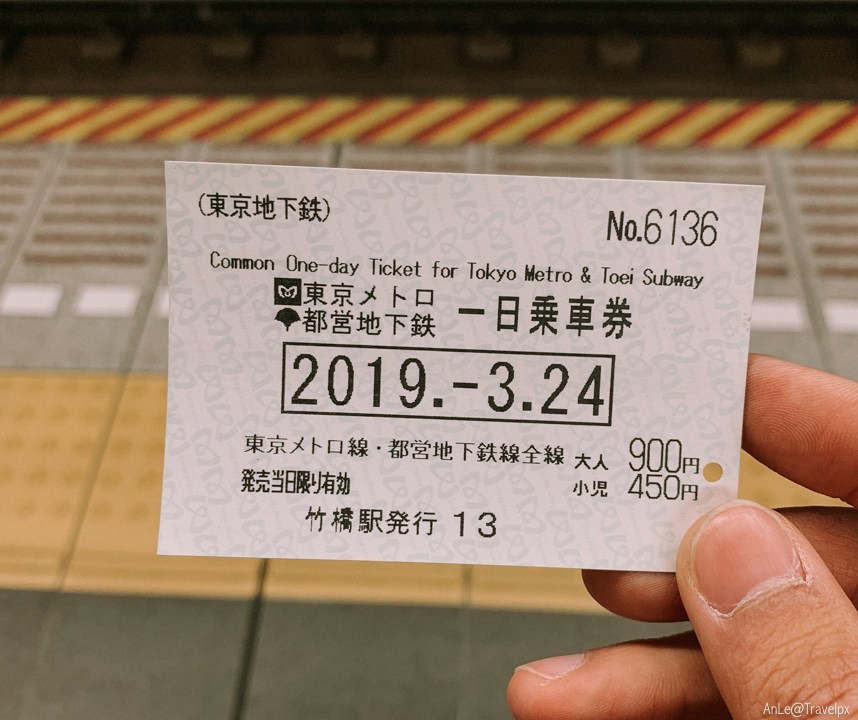
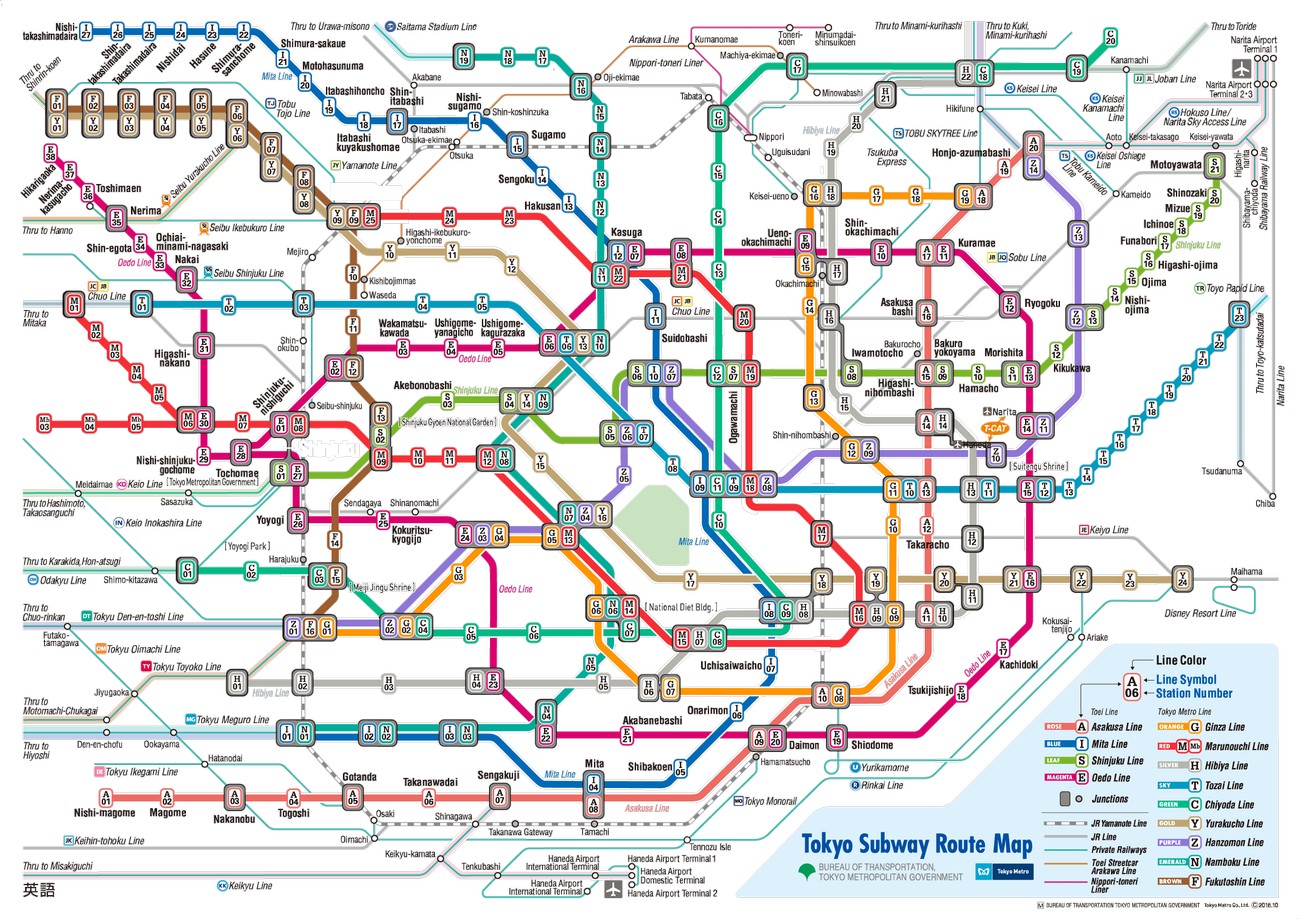
Based on the regions, divide the lines as above that will have different ticket types.
Single ticket: Tickets purchased at any train station via ticket vending machines, valid for one trip, cost depending the distance you want to go, from JPY160 – JPY190, if going further can be up to JPY200 – JPY300. Note if you want to change the line from Tokyo Metro Line to Toei Line, you will have to pay extra at the ticket vending machine, the machine will issue a new ticket before you “check-out”.

Daily ticket (Day Pass): Tickets with unlimited travel times a day, divided by line. The types of pass / day tickets are as follows:
- Tokyo Subway Ticket (24h: 800 yen, 48h: 1200 yen, 72h: 1500 yen): Covering all subway lines (Toei and Tokyo Metro). This ticket type is only sold at some major stations in the city.
- Toei and Tokyo Metro One-Day Economy Pass (900 yen): Covering all subway lines (Toei and Tokyo Metro) in a full day. Buy tickets at stations in central Tokyo.
- Tokyo Metro 24-Hour Ticket (600 yen): Unlimited travel with 9 lines of Tokyo metro, but not applicable to 4 Toei and JR lines, purchased at ticket vending machines at Metro stations. The ticket is suitable for anyone planning to go to the following destinations: Asakusa, Shibuya, Shinjuku, Ikebukuro, Tokyo, Roppongi, Omotesando and Akihabara.
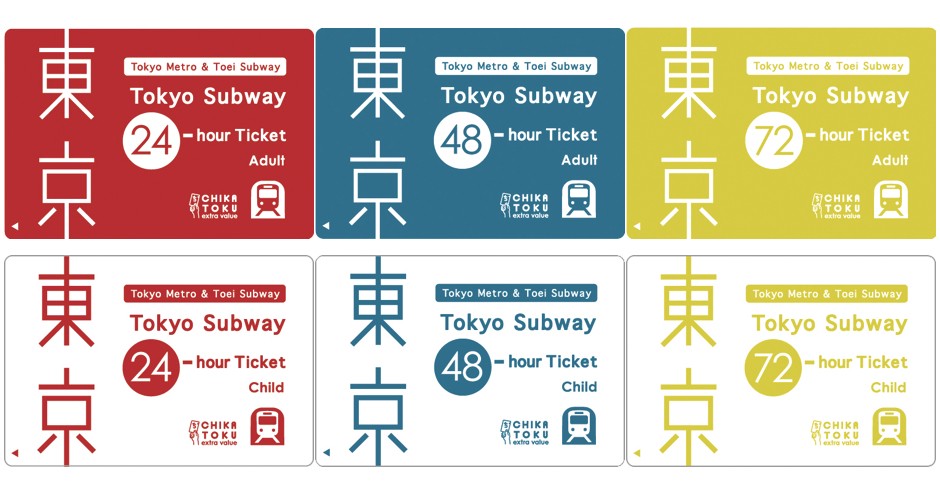
Tokyo Subway Ticket (24, 48, or 72 Hours)
PASMO: Like Seoul’s T-money card or Singapore MRT card, you will have to pay JPY500 deposit. If you do not use it anymore you will be refunded JPY500 but you will be charged JPY210 fee. This card is convenient to use without having to buy single tickets. There are also many more passes you can learn more.
JR Pass (Japan Rail Pass)

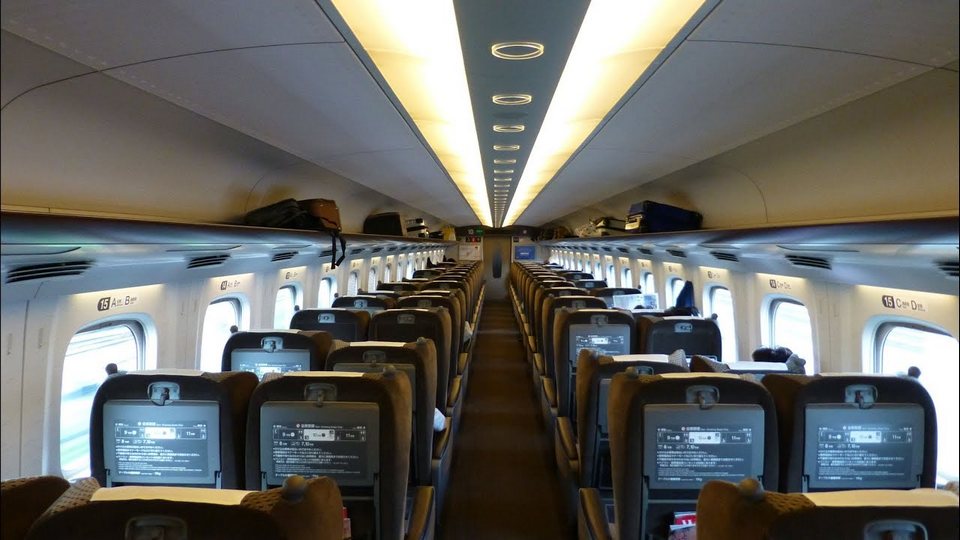
With the JR Pass in hand, you can unlimited travel with any JR line in Japan in general and Tokyo in particular. Some lines in Tokyo can be used with the JR Pass you can consider:
- Yamanote line: One of the most used lines, this line goes through many popular spots such as Ueno, Tokyo Station, Shinjuku, Shibuya, ..
- Chuo Line: This line cuts through the Yamatnote loop from Shinjuku to Tokyo Station.
- Keihin-Tohoku Line, Saikyo Line, Shinkansen Line: Passenger lines where JR line operates.
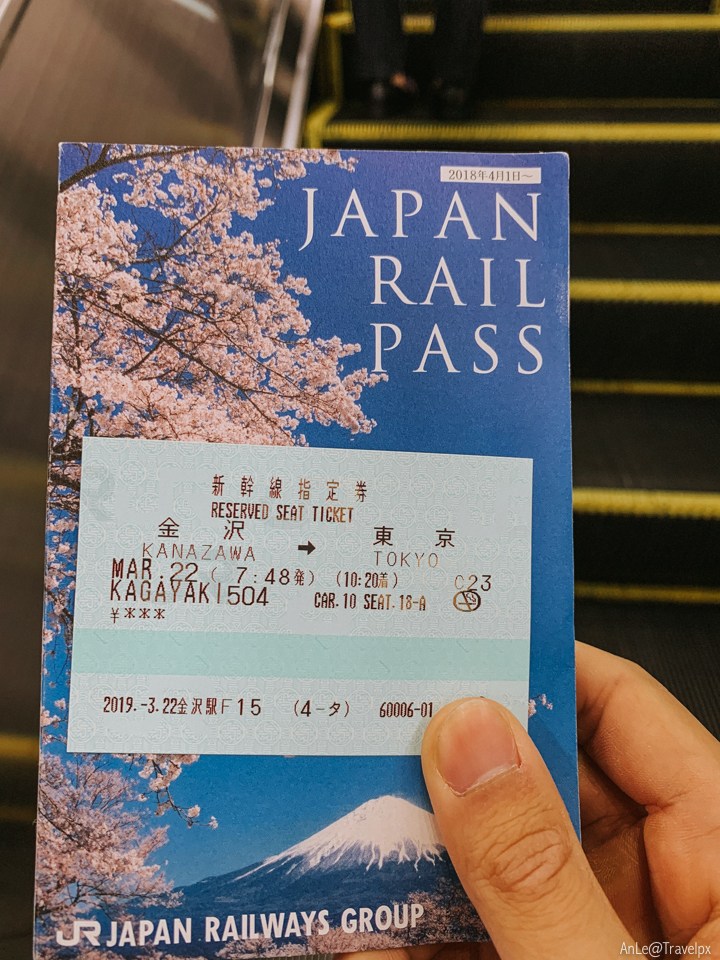
JR Pass for Whole Japan (7, 14, or 21 Days)
Tokyo Monorail
Use when you want to go to Odaiba, the ticket price is quite expensive around JPY300 / trip. However, taking monorail has its beauty, especially you will be slowly watching the street scenes.

Tokyo guide blog: Where to stay in Tokyo?
Tokyo is one of the most expensive cities in the world, of course the trip costs to Tokyo are quite expensive, in which the cost of hotels and accommodation in this city is also in the top of Japan. If you have abundant budget, you can choose a beautiful 4-5 stars hotel, otherwise, rent a homestay on Airbnb. Besides, if you go alone, you can book a hostel.
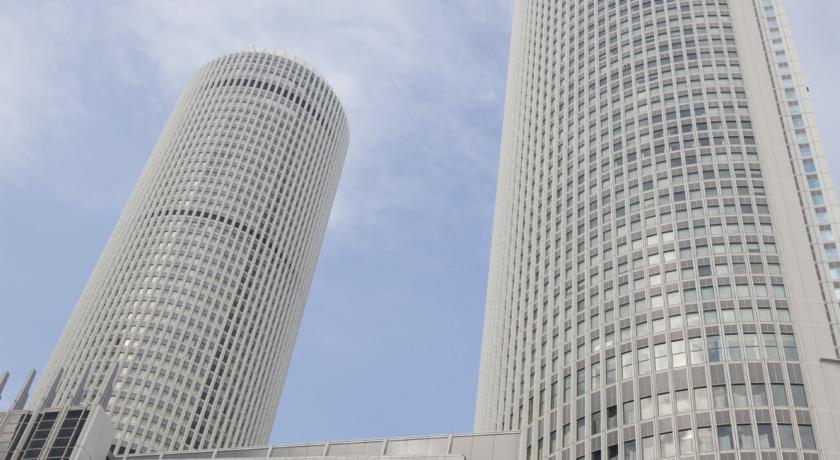
Hostel in Tokyo
There are 2 largest hostel chains in Japan, First Cabin and 9 Hours Capsule, with networks covering the country, especially in big cities. In Tokyo, I stayed for 4 consecutive nights at Nine Hours Otemachi – Imperial Palace (Agoda.com or Booking.com), one metro station from Tokyo Station. This is an extremely professional hostel type and is also very eye-catching design.
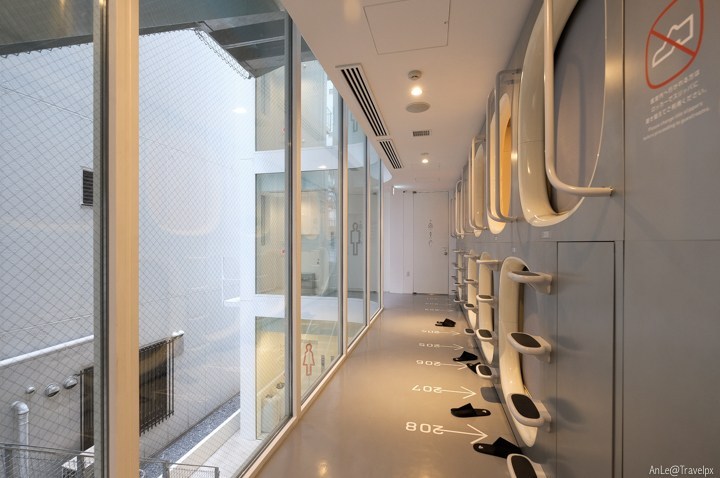
9 Hours building a dense dorm system, 2 layers of beds for each floor. The management of this hostel is also quite unique, each guest will have a separate locker located in the Rest Room, not in the dorm because the dorm area is quite small and there is no proper door lock. Everything from the guests’ luggage and belongings is left here, you just bring in the dorm what is needed.
Besides 9 Hours, you can refer to some other very beautiful and stylish hostels such as First Cabin’s hostel (Agoda.com or Booking.com) chain with many hostels throughout Tokyo. Or Bunka Hostel Tokyo (Agoda.com or Booking.com) is a 5-minute walk from Asakusa Station, Hostel Chapter Two Tokyo (Agoda.com or Booking.com) is located right next to the Sumida River.
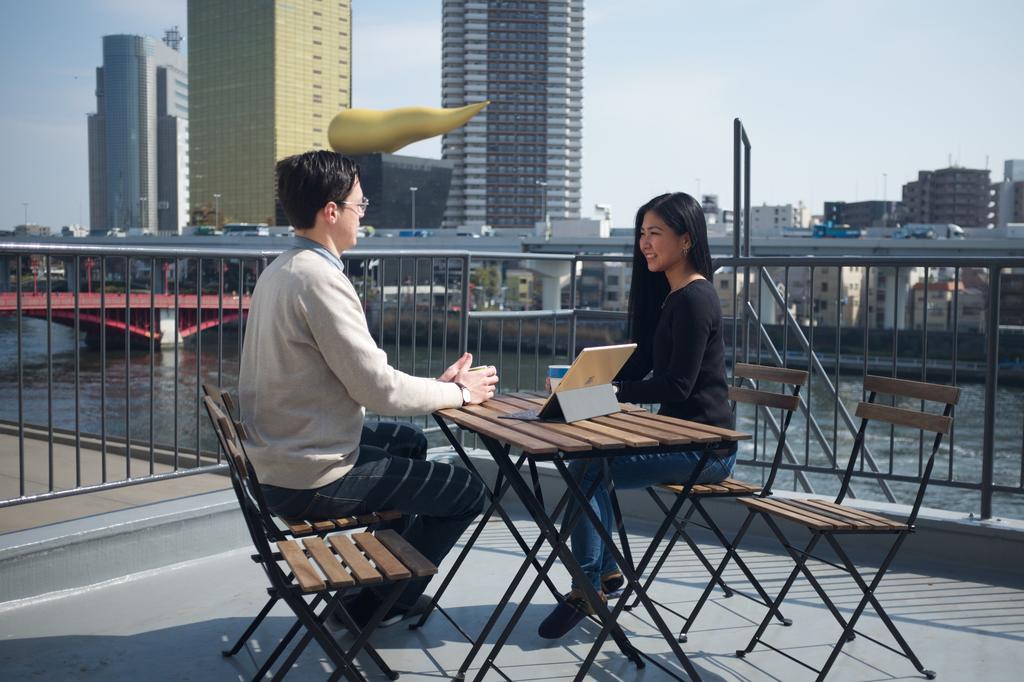
Nice hotels in Tokyo
Tokyo is a paradise of architecture, from traditional to modern. And the upscale hotels in this city also reflect very clear that special feature. Some beautiful and high-class hotels you can refer to such as:

- HOSHINOYA Tokyo: A beautiful hotel with architecture and style blending tradition and modernity. This hotel located just 800 meters from Tokyo Station, staff are dressed in traditional costumes, low beds in the style of old Japan. One downside is that this hotel is “super expensive”! – High class! (Check rates on Agoda.com or Booking.com).
- Andaz Tokyo-a concept by Hyatt Hotel: Nice view, and the price is “beautiful” like Hoshinoya Tokyo hotel above too! (Check rates on Agoda.com or Booking.com).
- ONE @ Tokyo: This hotel with a super nice view, in fact, the price is not too high, just over $100 / night. The exterior design of the hotel is very nice, the room is spacious and the room overlooks the Skytree at night, really awesome. The hotel is just a few steps from the Oshiage metro station and the foot of the Skytree tower. (Check rates on Agoda.com or Booking.com).
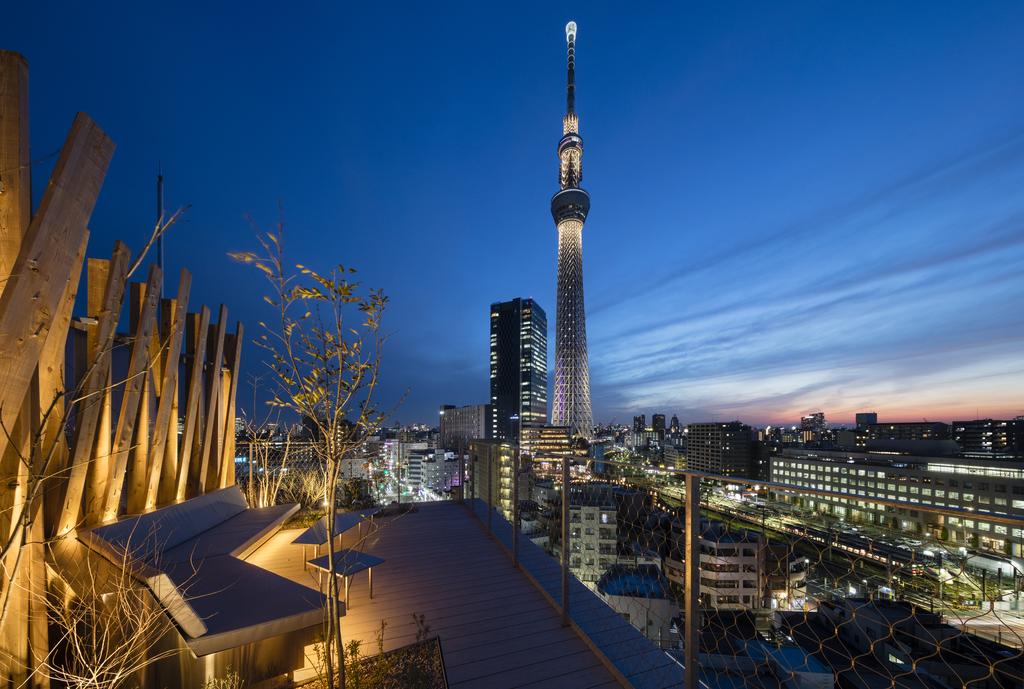
In addition, you can refer to one of the best Airbnb in Tokyo: New design capsule hotel (co-ed, no lock) at $27/night or Posh Tsukiji / Ginza Lux Design Studio – New! at $67/night.
–> Airbnb link discount up to $35 for the first booking here: https://www.airbnb.com/c/anht5185
You can find, check rates, availability & booking for Tokyo hotels on Agoda.com or Booking.com or Airbnb.com.
Tokyo travel blog: What and where to eat in Tokyo?
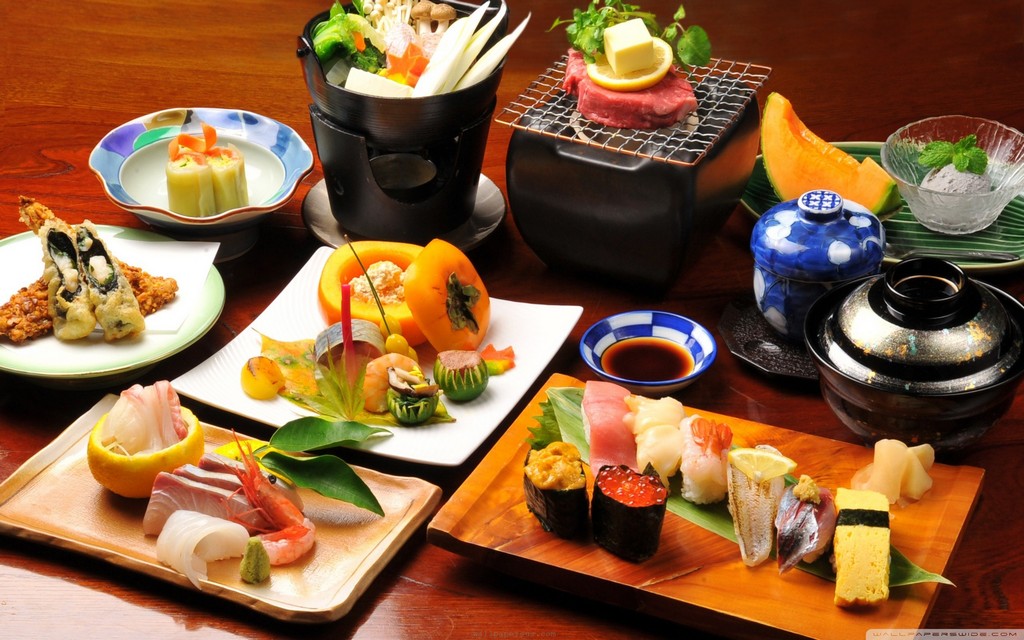
Food is what I love most about Tokyo. There are too many options, too many nuances, subtle in every dish in this country. Talking about Japanese cuisine, I am not only interested in the taste, the freshness, but also the way the Japanese express it. There is so much to say about one of the finest culinary in the world.
Some small tips and notes about eating in Tokyo
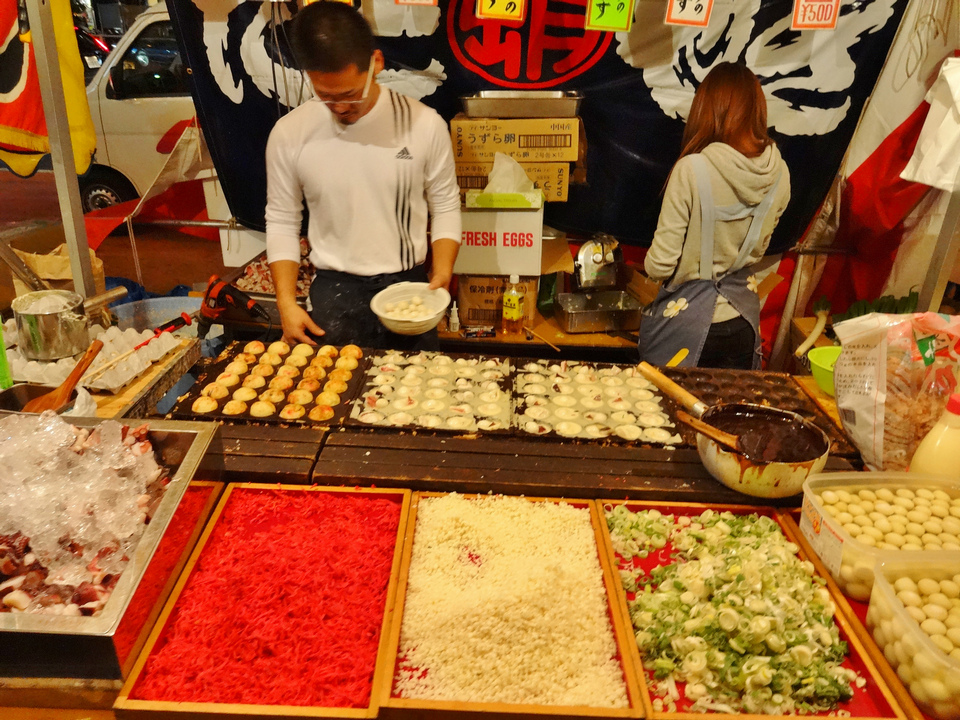
- Lunch and dinner: Usually at mid-range restaurants in Tokyo, the lunch price is quite a bit lower than the dinner. So if you want to experience more, or want to eat cheaper, you should eat more at noon and eat less in the evening. Sometimes I even eat up to 2 lunches on the same day.
- Reservations: With some famous and luxurious restaurants, you should book a table in advance to ensure there is room on arrival, especially in the evening.
- Prices: There are various prices for meals in Tokyo, depending on the level of luxury where you want to go. The price of a meal ranges from JPY500 – JPY10,000 or more. At JPY500, usually ramen, udon or soba noodles, there is not much difference between a shop at deserted alley or a street restaurant. For a fuller meal, the price ranges from JPY1,000 – JPY3,000.
- Line up: A very familiar scene in Japan, lined up and lined up, especially during rush hour in the evening. You should be prepared for this, should come earlier. Some restaurants have waiting seats for diners as well.
- Types of restaurants: There are many dining styles in Japan, for example under the train station is just a small booth selling noodles for quick eating. Or order at vending machines, you buy tickets at the machine and give receipts to staff. There are also food and drink styles served right at the spot, such as sushi with the chef directly preparing and serving you.

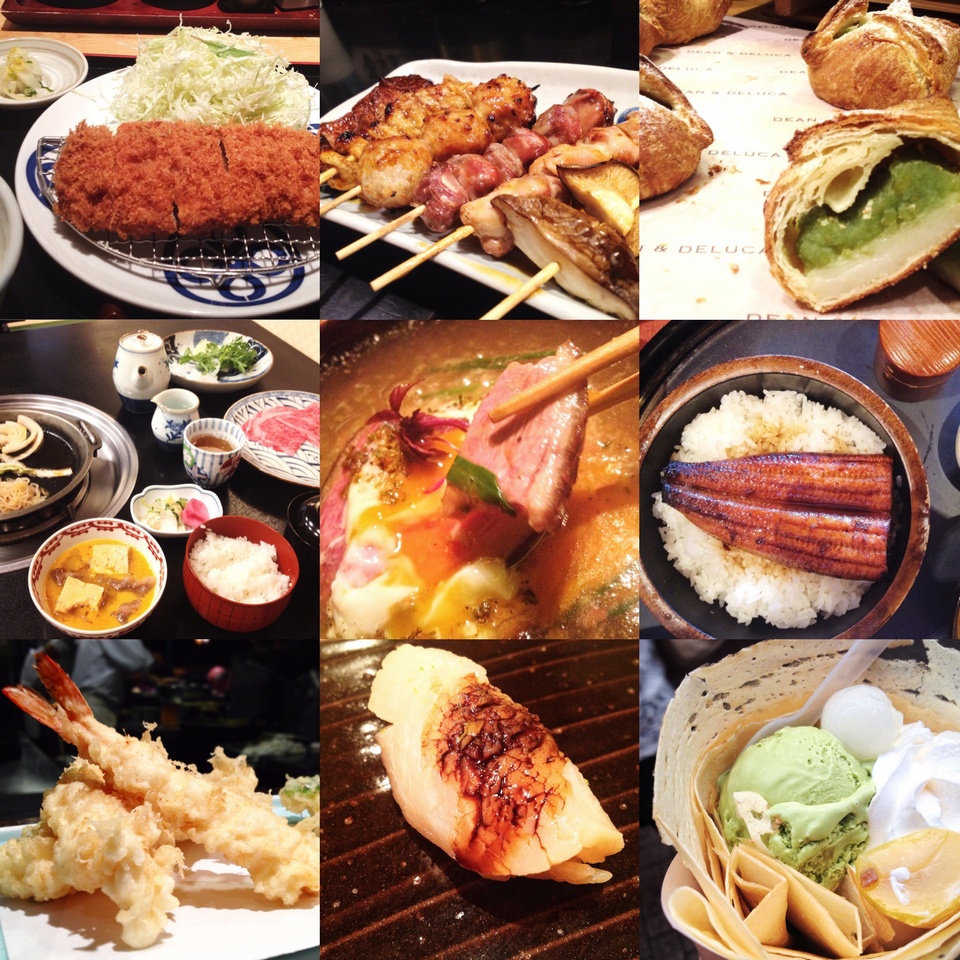
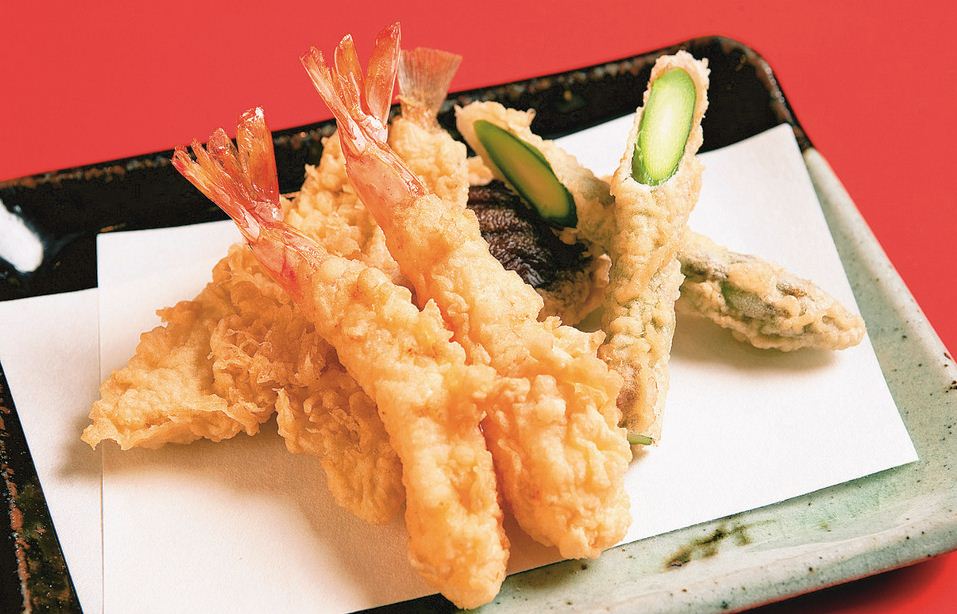
I will write a separate article about dining experiences in Japan. In this article, I will introduce through some eateries and dishes that I have tasted in 4 days in Tokyo.
Sushi in Tokyo



I ate 2 sushi meals in this city, sushi bar style (serving right at spot). A meal in Shinjuku with a 45-minute queuing experience in the evening, and a second, cheaper dining in Tokyo Station’s food court. Of course, “you get what you pay for”, the meal in Shinjuku is so delicious with a diverse, variety of dishes.
The cheapest meal – dinner in Ginza
Dinner with a simple set meal, but full with fish, beef, pickled vegetables and a plate of fried vegetables and soup. It must be said that my stomach is full, delicious, but the price is only JPY1,180.
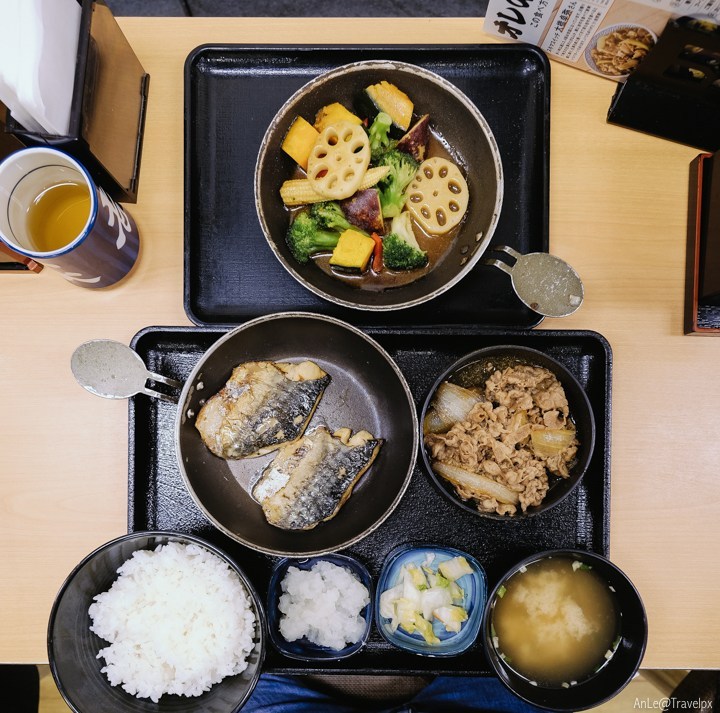
Eating at Memory Lane – Shinjuku
A place filled with pubs, wandering in the small alleys of Shinjuku. The meal include all kinds of grilled food, a bowl of soup cooked with pork intestines, stomach. Overall expensive and not really tasty.
Beef hotpot with “broth” is pure water
True to the literal meaning of this dish – the hotpot broth is pure water served with vegetables and beef. Beef will be dipped in water and served with a separate sauce. Simple but also quite delicious, cheap.

Hakata Rice
I ate this meal at Tokyo Station, set meal called Hakata style zouni soup set. It includes rice, Japanese tofu, a bowl of salmon soup. Overall delicious, especially the rice is very fragrant and sticky.
Noodles
Lots of, I ate a variety of noodles in Tokyo, including ramen, soba and udon. Whenever I feel hungry, I will jump into a nearby restaurant and order a bowl of noodles and ate it well.
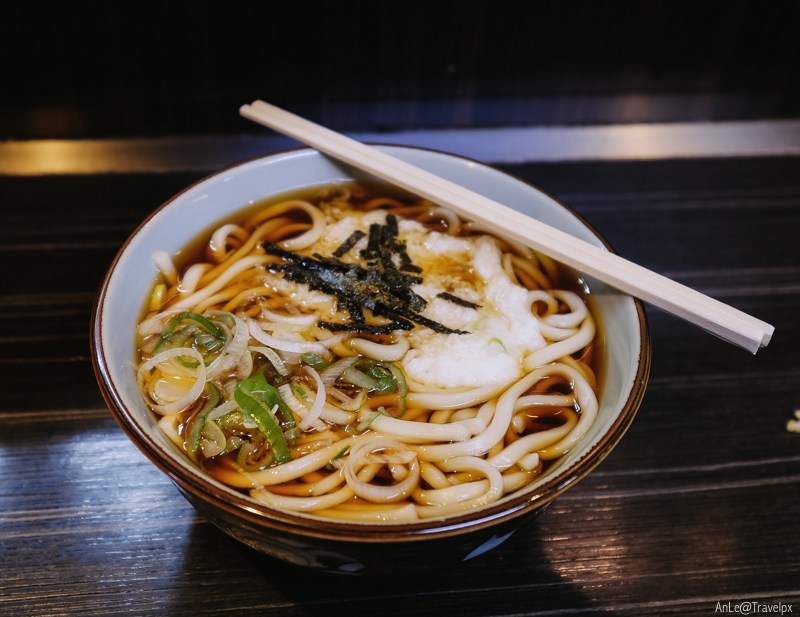
Tokyo travel guide blog: Where to go?
Visiting Tokyo, you should note that you will have to walk quite a lot. The city is very large, although the metro network, the trains is everywhere, but it cannot be fully covered. The train stations are usually quite far apart, so if you are at one point and want to catch the train to another point, you will have to walk quite a bit.
Tokyo tourist map:
Places to visit when traveling to Tokyo you need to consider putting in the bucket list as a basis for making an itinerary as below, I arranged in separate areas:
Chiyoda and Ginza District
Chidorigafuchi Park: An ultra-wide park with a small river running around. During the cherry blossom season, the flowers on the two sides of the river are covered in pink-white with the passenger boats below, all creating a peaceful and charming landscape.
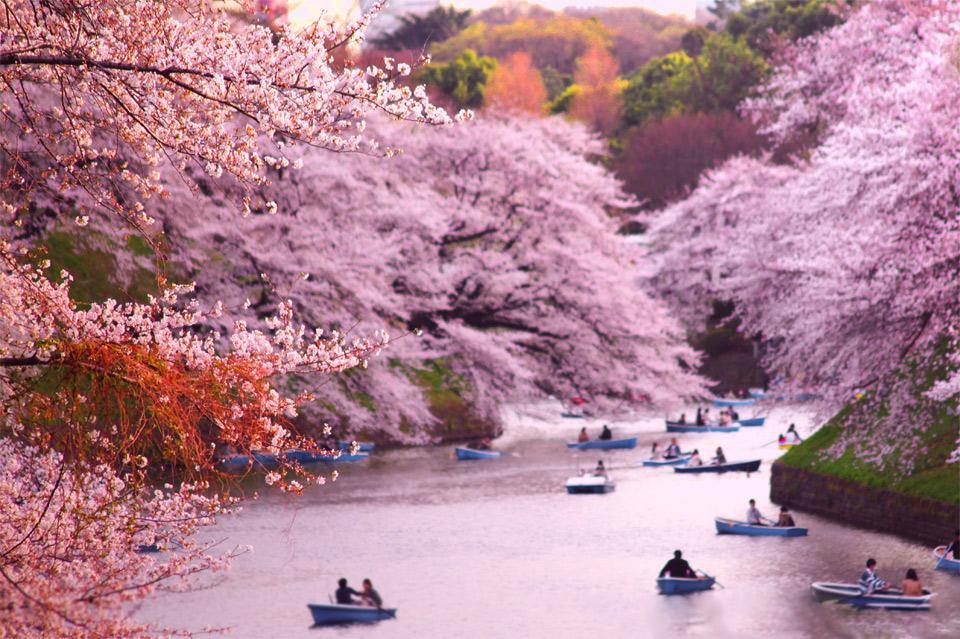

Imperial Palace: Located inside the Chidorigafuchi park area, built on the Edo period ruins and is the embodiment of an ancient Japanese empire. To get inside you need to book a tour online in advance, otherwise you can strolling outside in the park area to see the palace from a far.
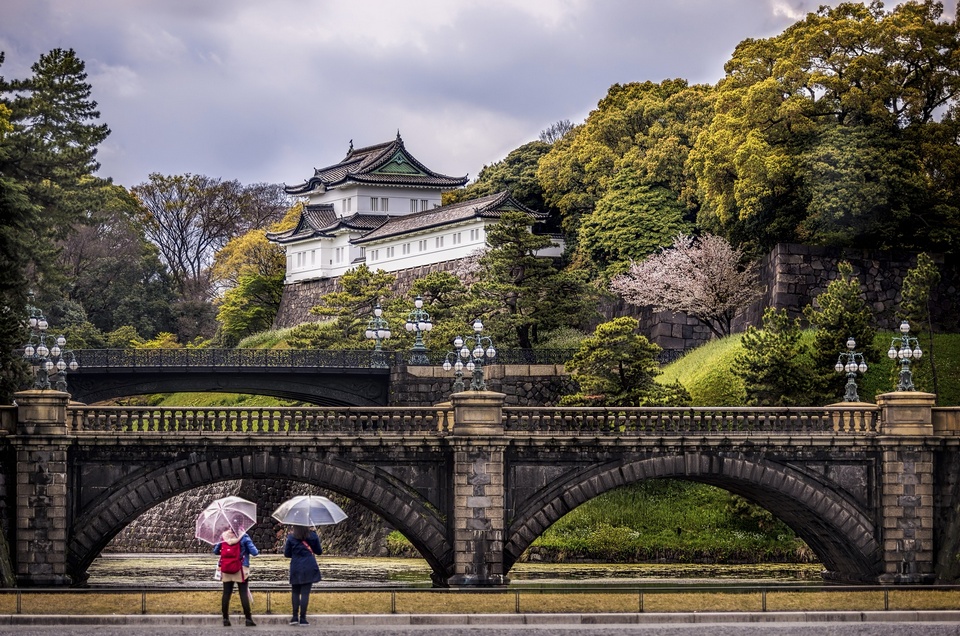
Tokyo Imperial Palace Highlights Tour with National Licensed Guide
Ginza: Can be called a district with a lot of extremely crowded, bustling neighborhoods. Coming here during the day or evening is beautiful with many high-rise buildings, representing a modern city of Tokyo. Remember to find a cafe on the upper floor to see the whole city.
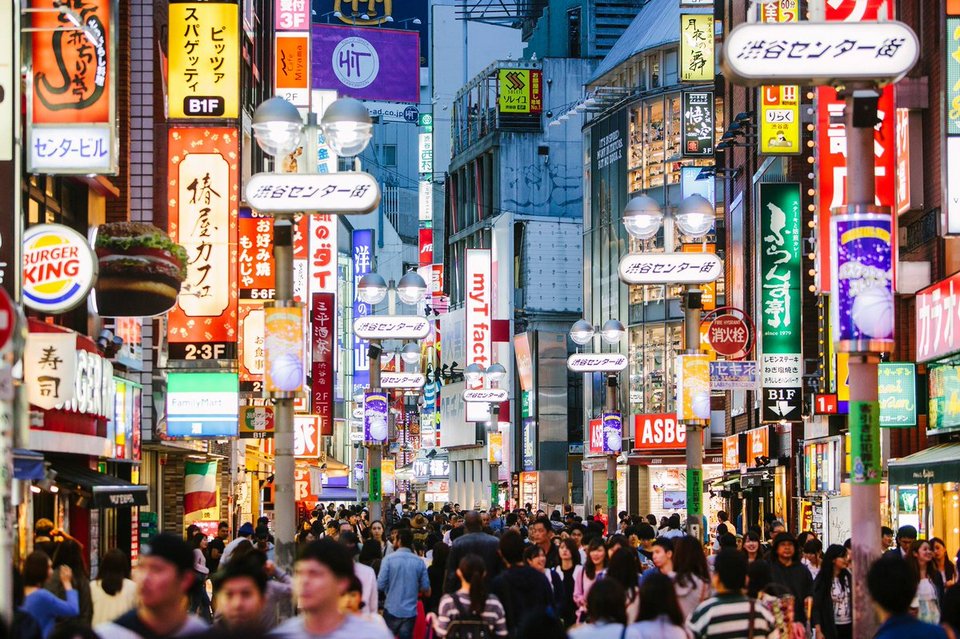
Shibuya District
Yoyogi Park and Meiji Jingu: Although Yoyogi Park does not have many cherry blossoms, it is very clean and airy. People can come here on weekends to relax and rest. Going deep inside is the Meiji Jingu Shrine, remember to visit the walls made up of barrels of sake wrapped in straw bearing bold traditional Japanese culture.
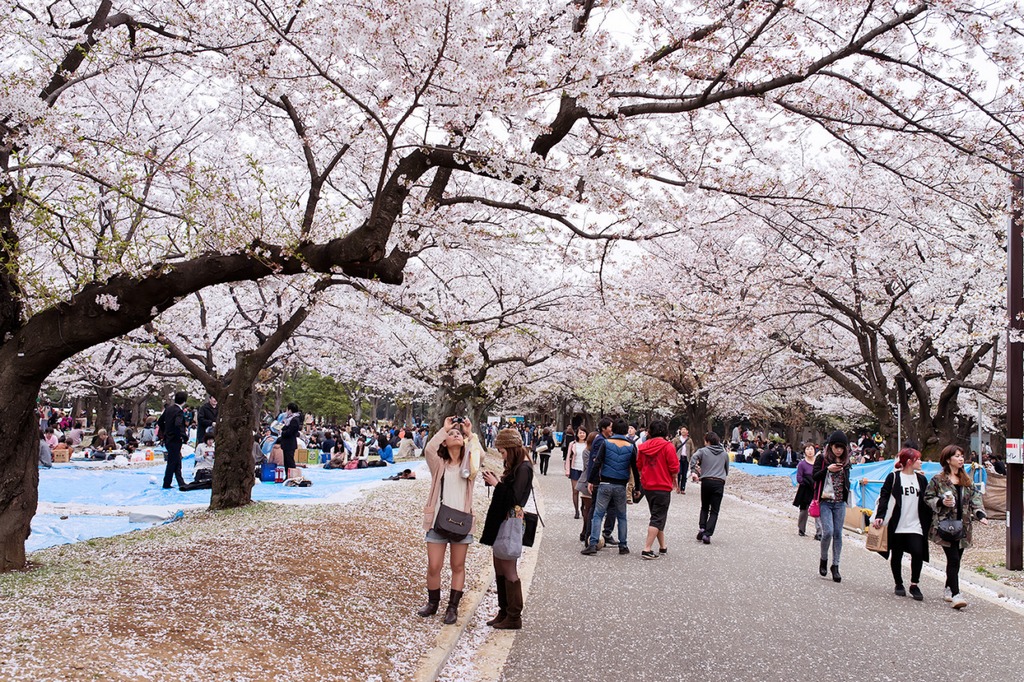

Harajuku: Like a youth venue. Here you can visit some of the malls selling luxury goods, and the streets with weird cafes, milk tea or ice cream shops. It wouldn’t be surprising to see a long line of beautiful boys and girls lining up just to buy a certain drink.
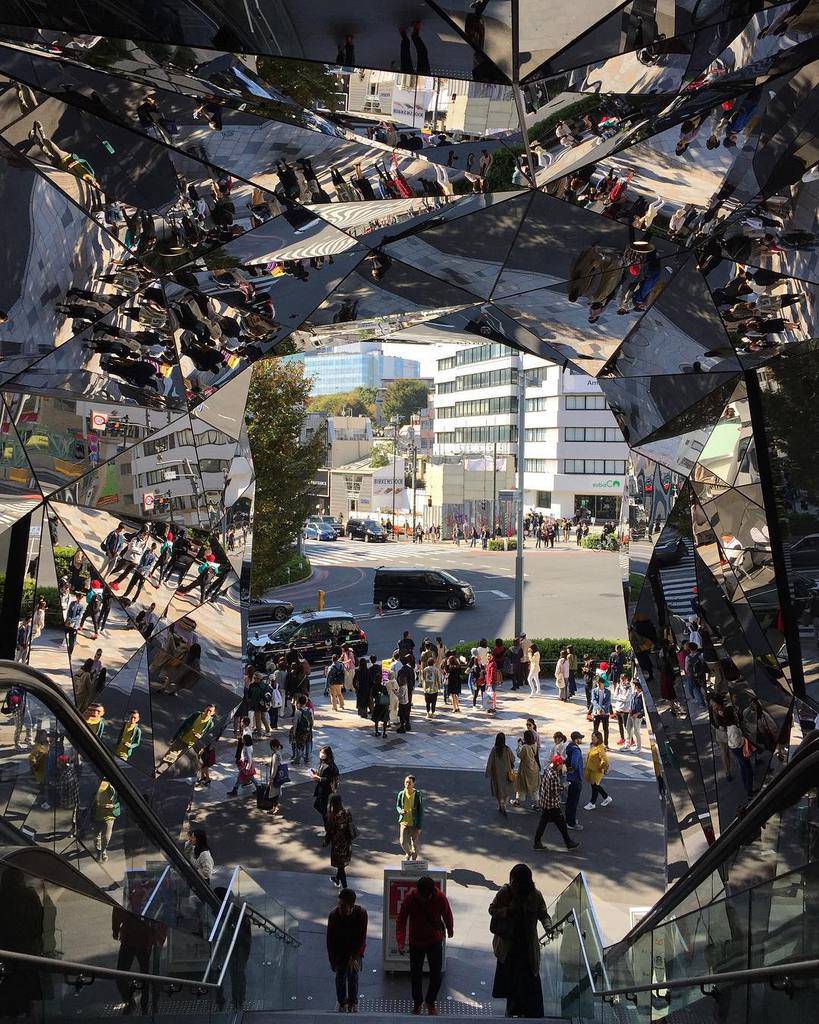

Shibuya Crossing: Super famous crossing of Tokyo, remember to come here during rush hour and look for a tall building to viewing down the Shibuya Scramble Crossing. This is known as the busiest crossing in the world with thousands of pedestrians waiting for the red light, and when the light turns green, people flock down the streets like a colony of ants.
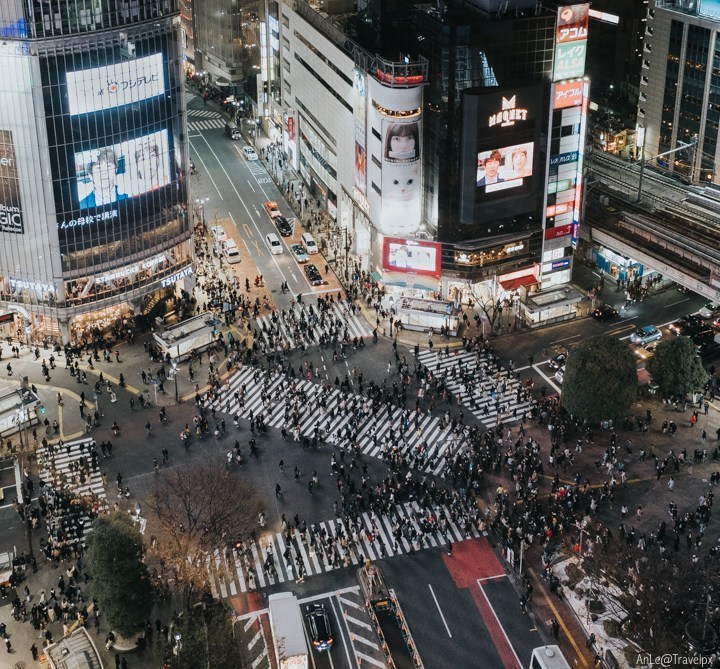
Read also: 5 coolest neighborhoods in Tokyo & best neighborhoods in Tokyo for tourist.
Shinjuku District
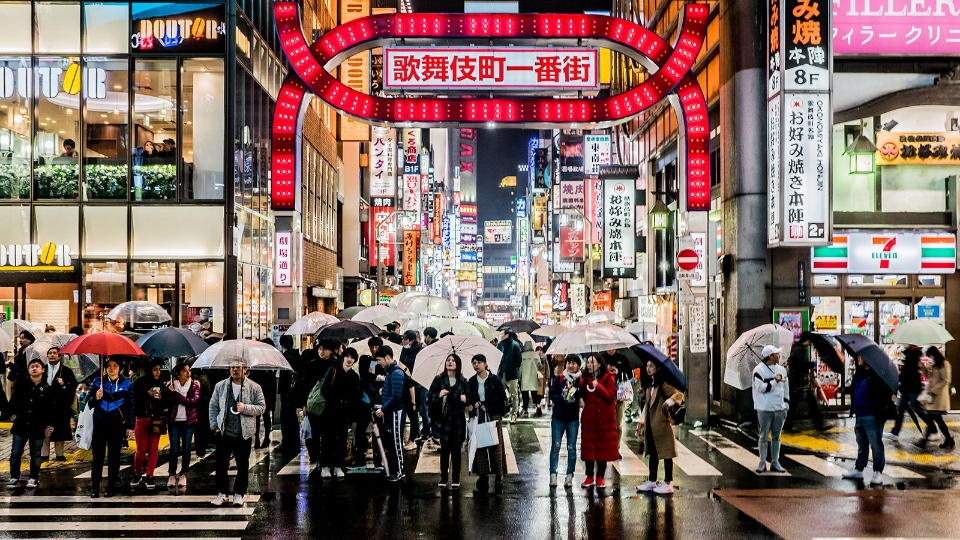
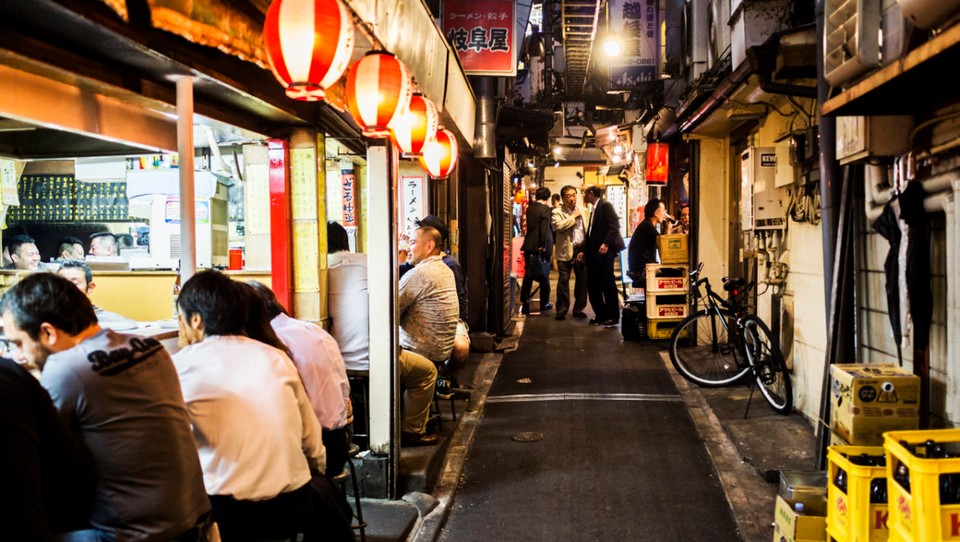
Tokyo’s entertainment district, where young people often hang out and playing, especially on weekends. Some of the fun places to eat and drink in Shinjuku you need to know to immerse yourself in Tokyo’s vibrant life:
Memory lane: A small alley with a lot of small eateries, mainly serving food and drinks. Here they have hang many fake peach branches, but they are very beautiful when shooting.
Kabukicho Red Light Street: Very vibrant at night, especially on weekends. Just going through this red light district in the evening to ensure there are many “brokers” offering you adult services. This famous street is quite similar to the red light street in Amsterdam. But in Amsterdam, girls are in a room, invite you through a glass window, but in Kabukicho, it is more private, often offered via a broker.
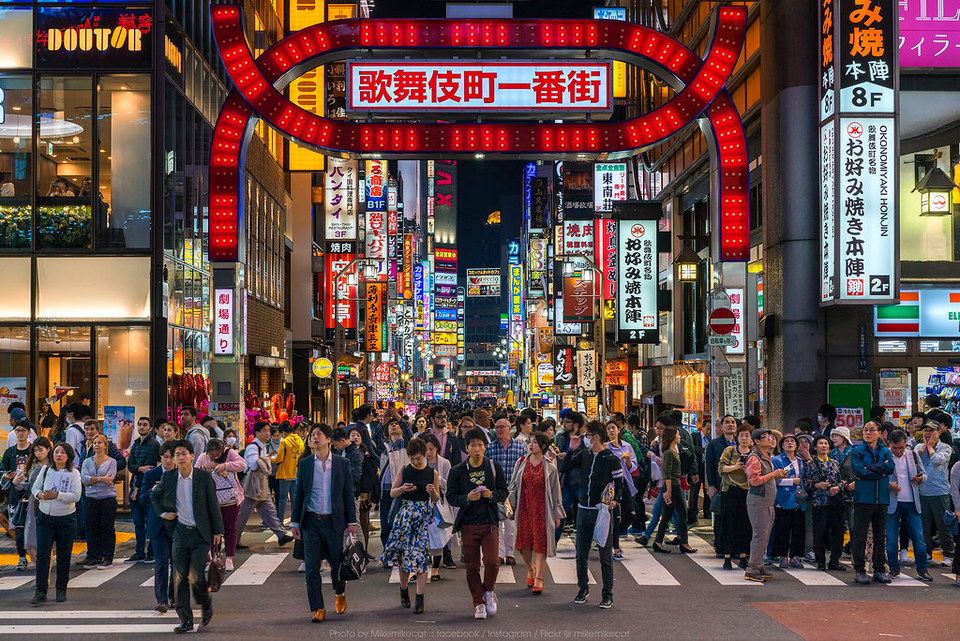
Shinjuku Golden Gai: The street focuses on night bars like Ta Hien or Bui Vien in Vietnam, but the bars here are inside, not on the sidewalk like in Vietnam.

Shinjuku Gyoen National Garden: A must-visit during cherry blossom season and autumn. Not only sakura, Shinjuku Garden also has many other colorful flowers. In addition, the garden also divided into many separate themes such as Japanese garden, French garden, English landscape garden.
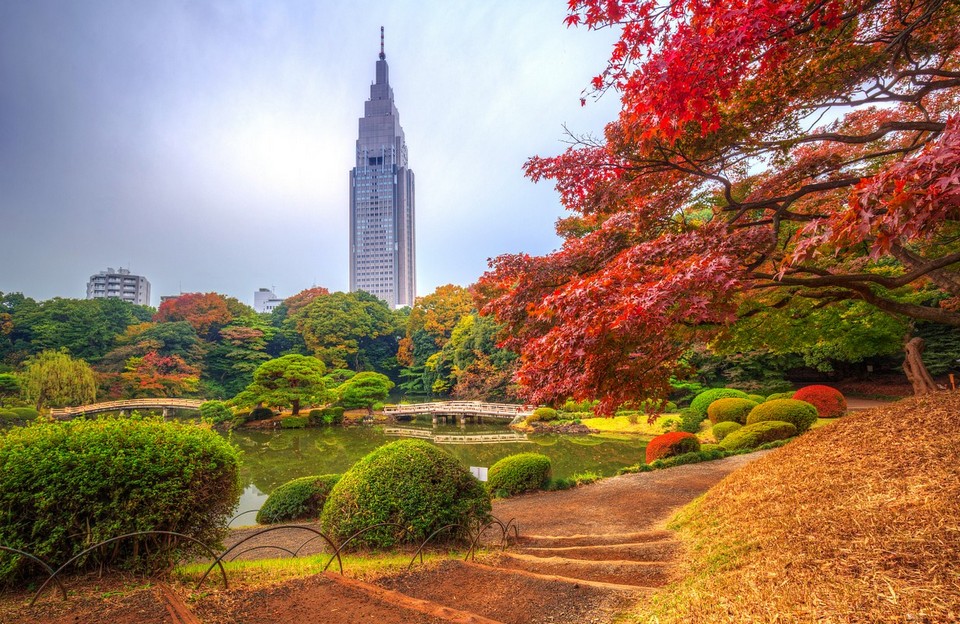
Asakusa
This is an area located in the north of Tokyo with attractions such as:
Tokyo Skytree: This is considered the most popular tourist attraction in Tokyo. From the top of the tower you can enjoy a 360-degree panoramic view of Tokyo. Personally, this tower is not my favorite place, so I just stand from afar to watch, not buy tickets to get to the observation deck.
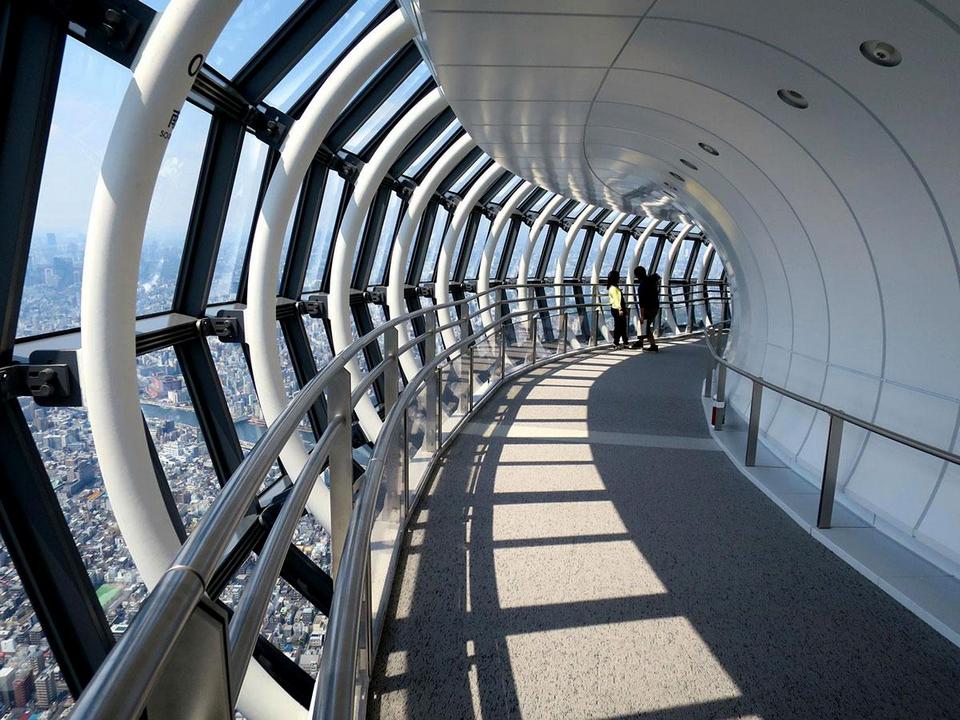
Ueno Park: One of the most beautiful cherry blossom viewing spots when traveling to Tokyo. You can take a walk around the park, there are many kiosks selling souvenirs, small eateries. There is also a long row of Torii gates quite similar to Inari Taisha Shrine in Kyoto. Of course not as beautiful as the original.
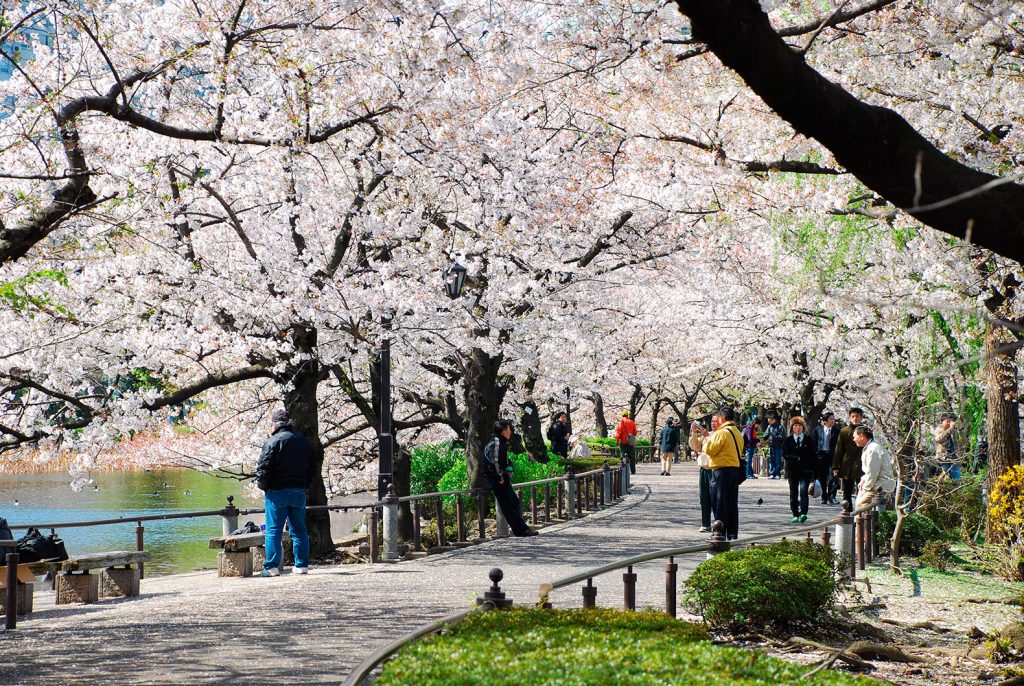
Sensō-ji Temple: Beautiful temple, even more beautiful than Meiji Jingu Shrine. Only minus point is too crowded, too crowded with tourists. In cherry blossom season, the picture is even more beautiful.
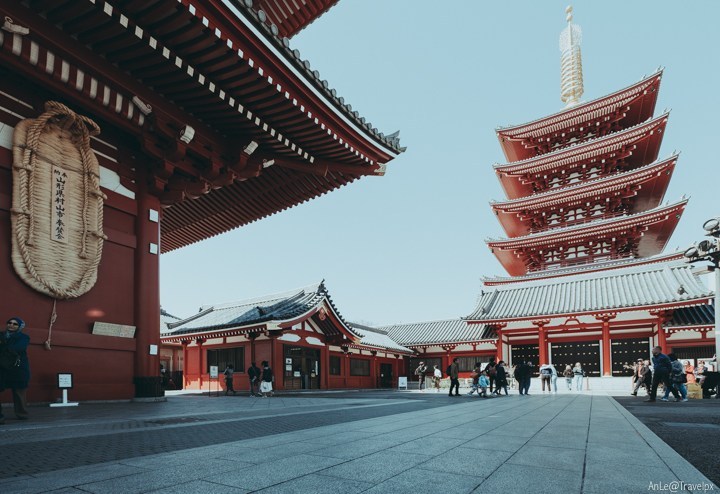
Edo-Tokyo Museum: The museum with artifacts from the Edo period and well worth a visit. This is not just a museum, it also has high architectural value because they show a historical period of Tokyo extremely visually. Social models, streets from ancient times, even a a large bridge has built for visitors right in the museum. Admission fee is JPY600.
Other attractions
Tsukiji Fish Market: This very famous fish market used to be a place to trade large types of fish caught for distribution to traders and restaurants in the city. Now the transaction area has been moved, but the fish market is still the place to go because there are many eateries that specialize in seafood at outside. Come here you freely enjoying fresh seafood at affordable prices.
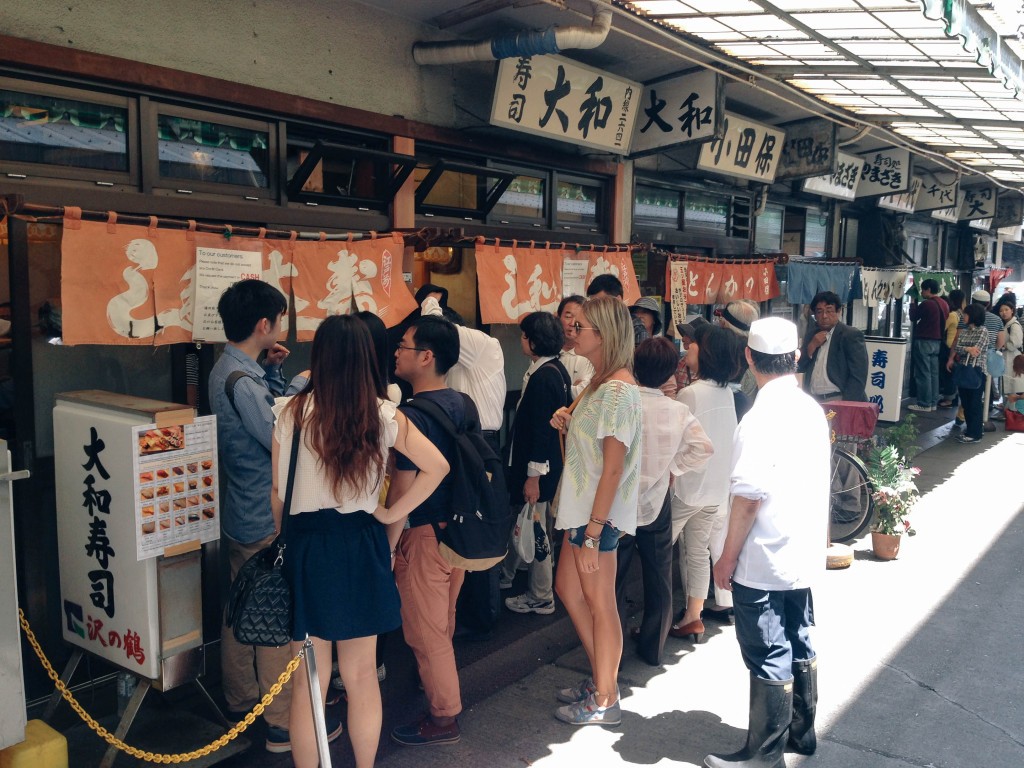
Ryogoku Sumo Town: Located in Sumida, the capital of Sumo in Japan. Although the Sumo tournaments only take place in May and September each year, you can still come here to visit, visit the Sumo museum, and wander the nearby streets. The typical dish here is “chanko” hotpot – the signature dish of sumo.

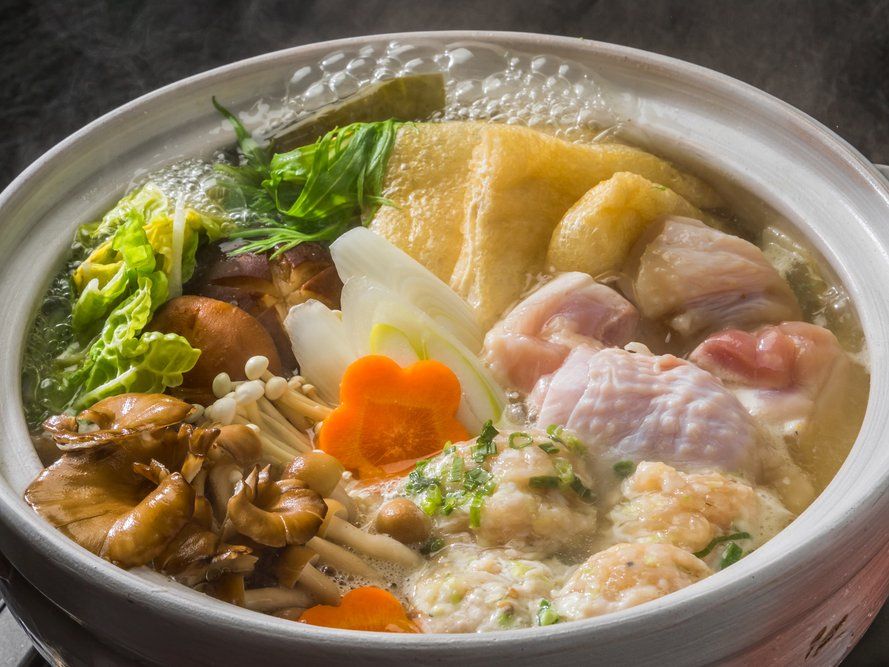
In general, Tokyo is one of the largest capitals in the world, with intertwined and complicated traffic systems. Traveling to Tokyo requires you to have good planning, preparation and estimating the necessary expenses because traveling, accommodation cost is expensive. But the services and experiences are really worth the money, especially the food.
Some best day tours, trips, activities and transfer services, tickets in, to and from Tokyo you can refer to
- Private Narita International Airport Transfers (NRT) for Tokyo 23 Wards, Hakone, or Karuizawa
- Private Haneda International Airport Transfers (HND) for Tokyo 23 Wards, Hakone, or Karuizawa
- Airport Limousine Bus Transfers from/to Narita and Haneda International Airport (Free Wifi Onboard)
- Tokyo Amazing Sightseeing Bus Day Tour
- Tokyo Highlights Private Day Tour
- Nikko Day Tour from Tokyo
- Mt Fuji & Hakone Day Tour: Lake Ashi & Ropeway Day Trip from Tokyo
- Nikko Cultural Day Tour from Tokyo
- Tokyo Subway Ticket (24, 48, or 72 Hours)
- Tokyo Skyliner and Tokyo Subway Ticket
- Shuttle Bus Transfers (One Way/Round Trip) from Shinjuku/Ikebukuro to Tokyo Disneyland or Tokyo DisneySea
- Tokyo Disney Resort Park Ticket
- Klook Pass Greater Tokyo
- SHIBUYA SKY Ticket
- Warner Bros. Studio Tour Tokyo – The Making of Harry Potter Ticket
- Skyliner Narita Airport Express Ticket
- TeamLab Planets Ticket
- TOKYO SKYTREE® Ticket
- Limousine Bus Narita or Haneda Airport to Tokyo
- Skyliner Narita Airport Express With Tokyo Subway Ticket
- JR Tokyo Wide Pass
- Sky Hop-on and Hop-off Bus Pass
- 4G Prepaid Sim Card (JP Airports Pick Up) for Japan
- 4G WiFi (BKK and DMK Airport Pick Up) for Japan (Unlimited Data)
- JR Pass for Whole Japan (7, 14, or 21 Days)

Are you finding more top things to do in Japan: Tours, activities, attractions and other things? Let’s check it out here.
































![10 best airports in Asia in 2016 [RANKED] kuala-lumpur-international-airport-best airports in asia in 2016 by skytrax ratings](https://livingnomads.com/wp-content/uploads/2016/08/29/kuala-lumpur-international-airport-best-airports-in-asia-in-2016-by-skytrax-ratings-218x150.jpg)








